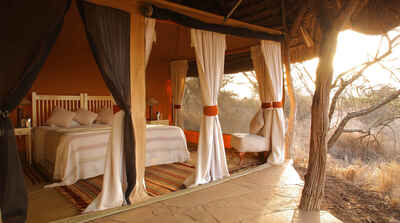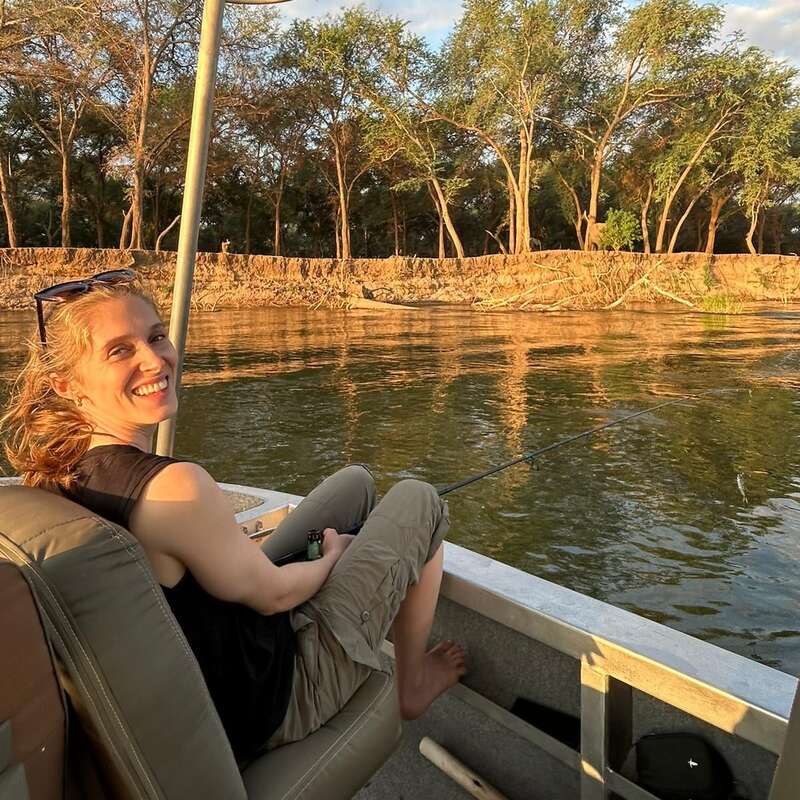About Lewa Safari Camp
Lewa Safari Camp is one of five permanent properties on the 250km² Lewa Conservancy, and though it is run ...
... by a well-known safari outfit, it is the only one that is owned by the conservancy itself. All profits are directly reinvested into Lewa's conservation and the surrounding communities. Traditional tented rooms provide comfort at the sociable, friendly camp where guests can enjoy a range of safari and cultural activities.
Lewa Safari Camp is a well-run property, both comfortable and well kept. While guests enjoy individual dining, pre-dinner drinks at the bar or around the lounge's fire and laughter by the swimming pool help create a sociable, relaxed atmosphere. With a photographic hide, waterhole, and spa located at the camp, there are plenty of ways to spend an afternoon between the varied and exciting range of morning and afternoon safari activities.
Our view
Lewa Safari Camp is a well-run property, both comfortable and well kept. While guests enjoy individual dining, pre-dinner drinks at the bar or around the lounge's fire and laughter by the swimming pool help create a sociable, relaxed atmosphere. With a photographic hide, waterhole, and spa located at the camp, there are plenty of ways to spend an afternoon between the varied and exciting range of morning and afternoon safari activities.
Accommodation
13 Tents
Children
Best for 8+
Open
All year
Activities

4WD Safari

Birdwatching

Cultural excursion

Guided walking safari

Horse-riding

Night drive

Private activities
Traveller reviews of Lewa Safari Camp
23 real, un-edited reviews from Expert Africa's travellers.
Arrived 11 Nov 2024, 4 nights
"Best Glamping!"
Overall rating: Excellent
Arrived 15 Mar 2024, 3 nights
"Lewa Safari Camp review"
Overall rating: Excellent
Arrived 27 Feb 2024, 3 nights
"Lewa Safari Camp review"
Overall rating: Excellent
Arrived 13 Feb 2024, 3 nights
"Lewa Safari Camp review"
Overall rating: Excellent
Arrived 10 Feb 2024, 4 nights
"Lewa Safari Camp review"
Overall rating: Good
Arrived 24 Oct 2023, 3 nights
"Lewa Safari Camp review"
Overall rating: Excellent
Arrived 20 Oct 2023, 3 nights
"Lewa Safari Camp review"
Overall rating: Excellent
Arrived 28 Sep 2023, 3 nights
"Lewa Safari Camp review"
Overall rating: Excellent
Arrived 12 Sep 2023, 4 nights
"Lewa Safari Camp "
Overall rating: Excellent
Arrived 20 May 2023, 3 nights
"Lewa Safari Camp review"
Overall rating: Excellent
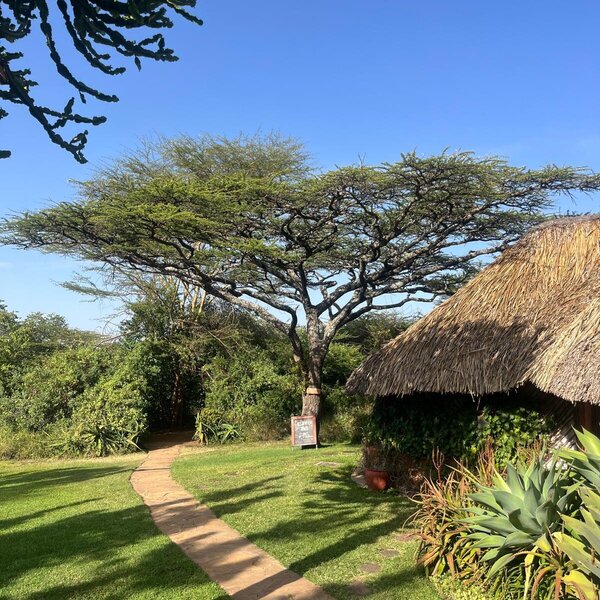
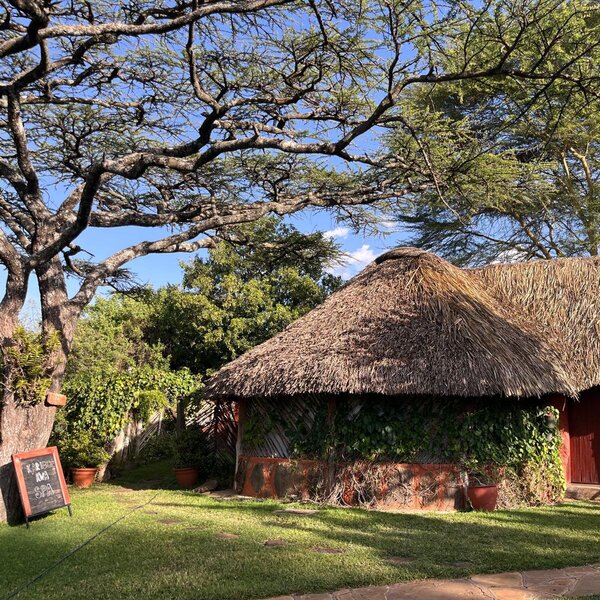
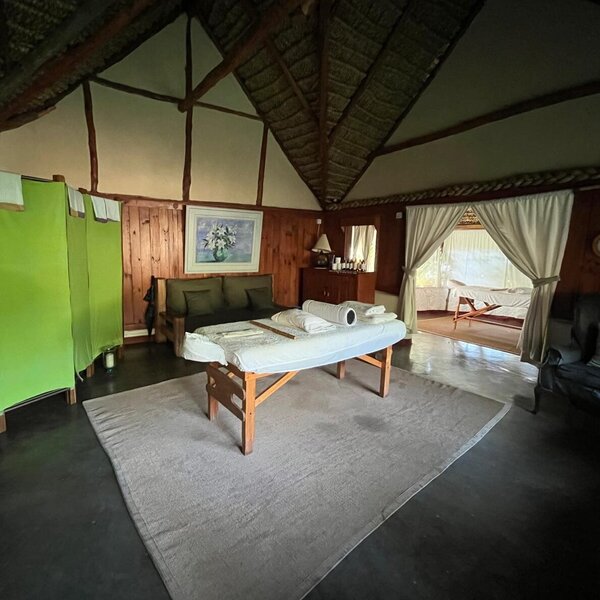

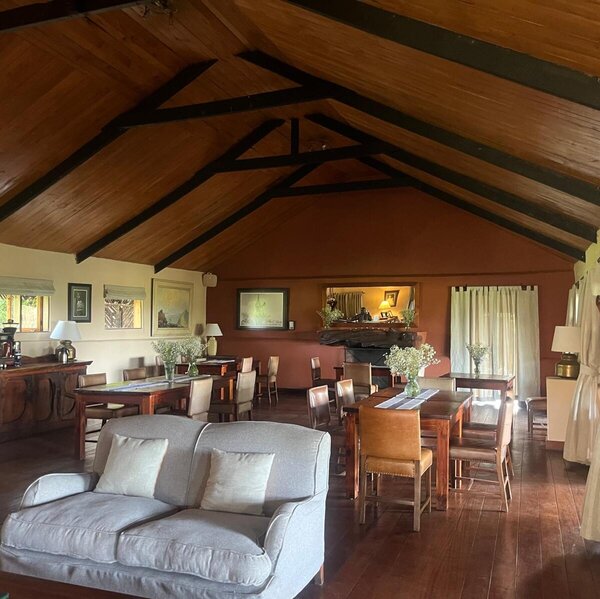
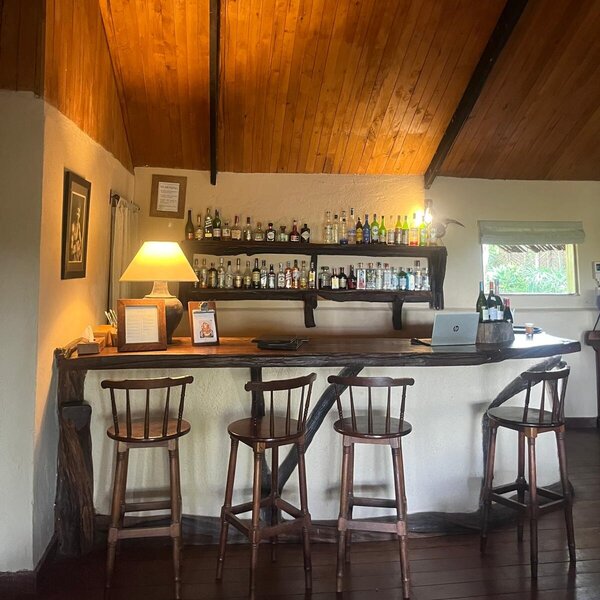
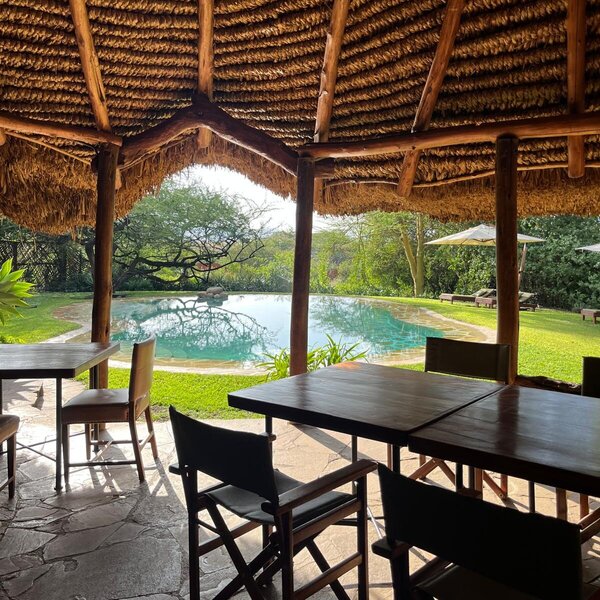

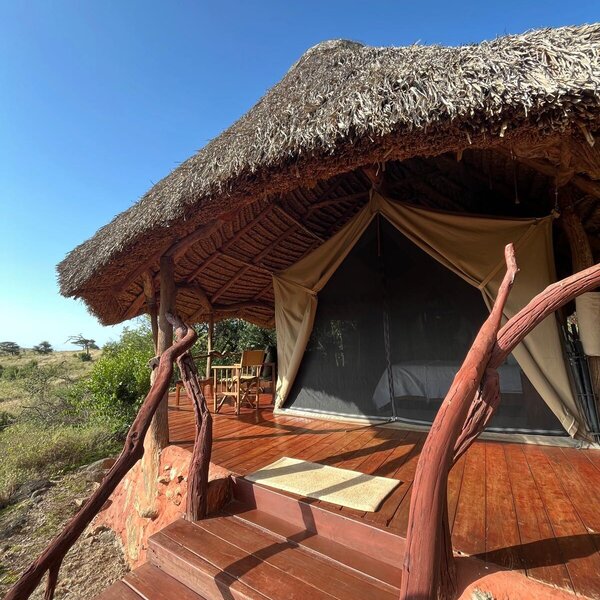
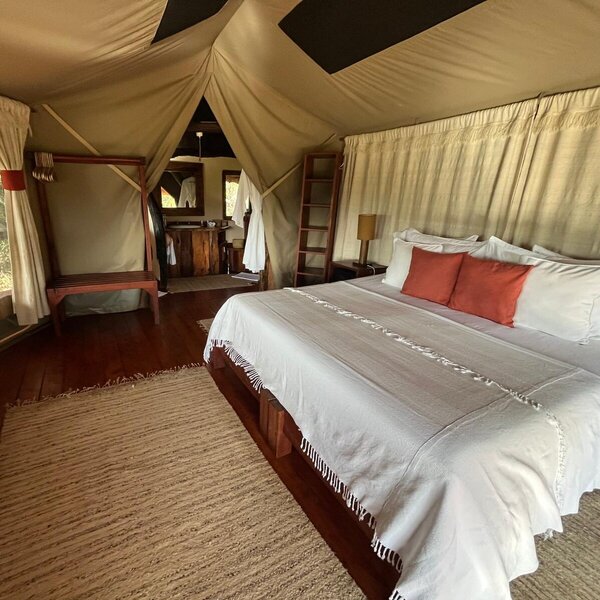
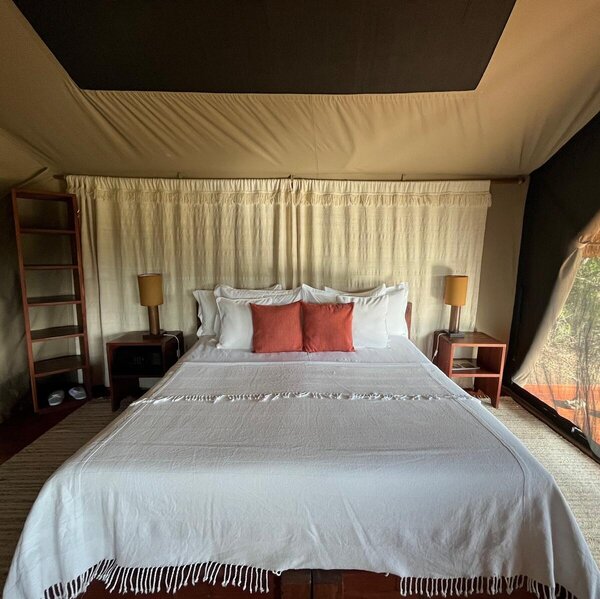
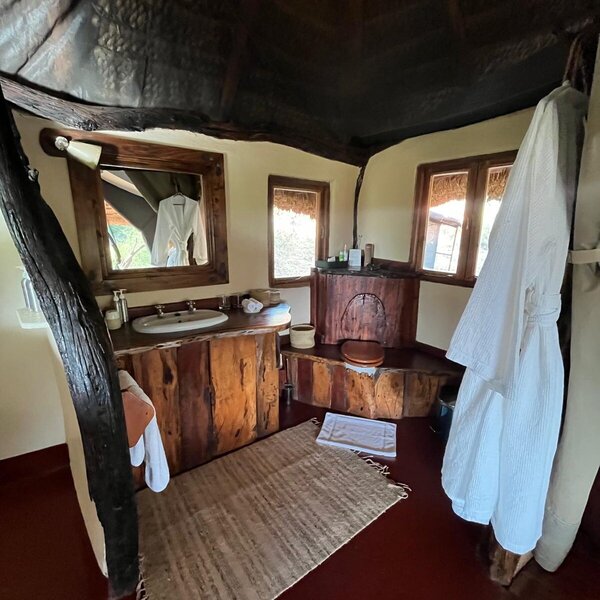
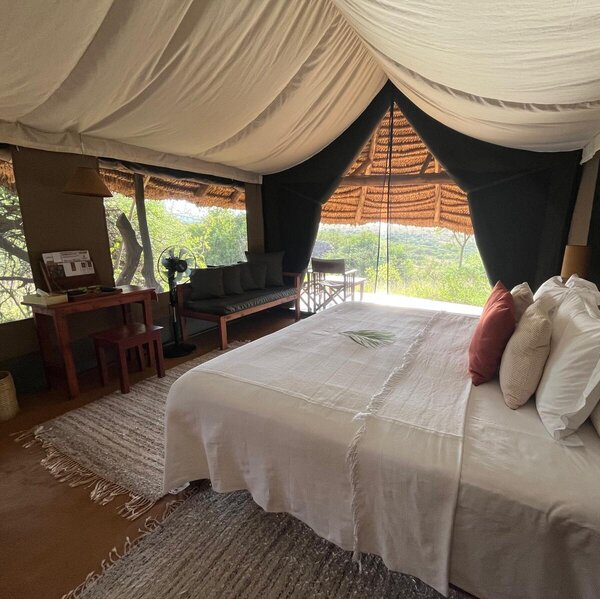
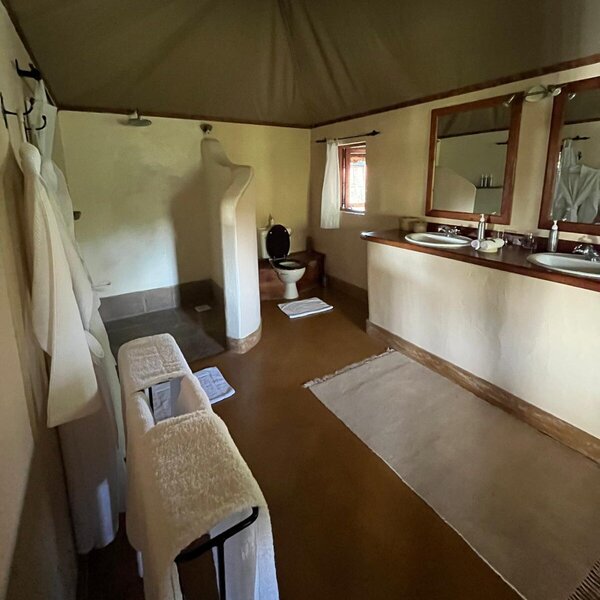
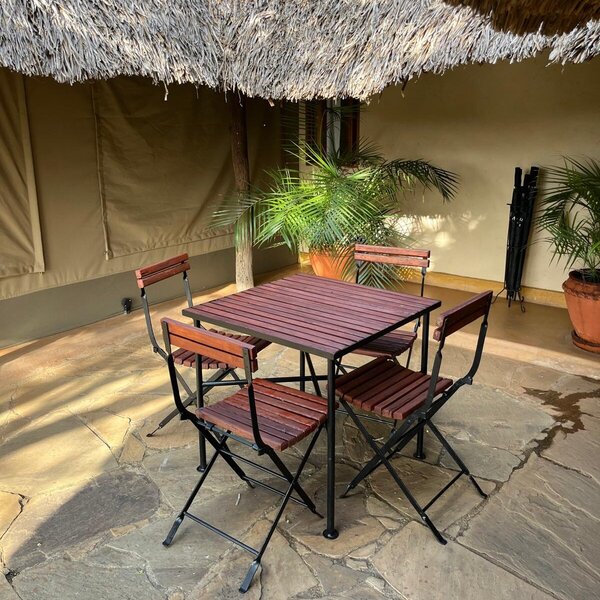
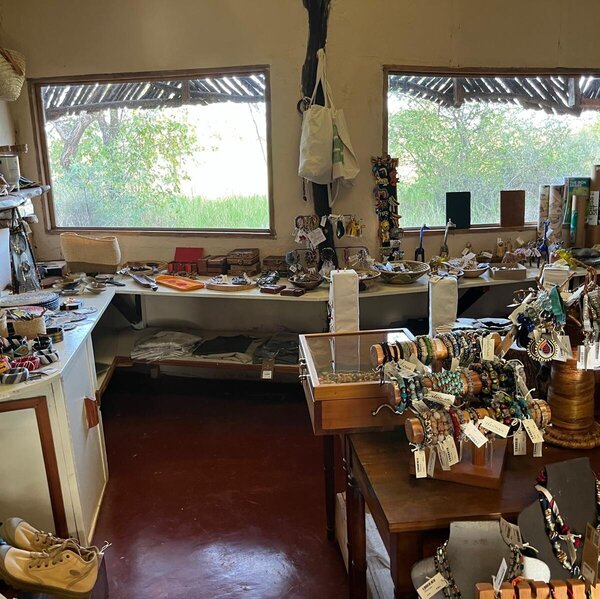
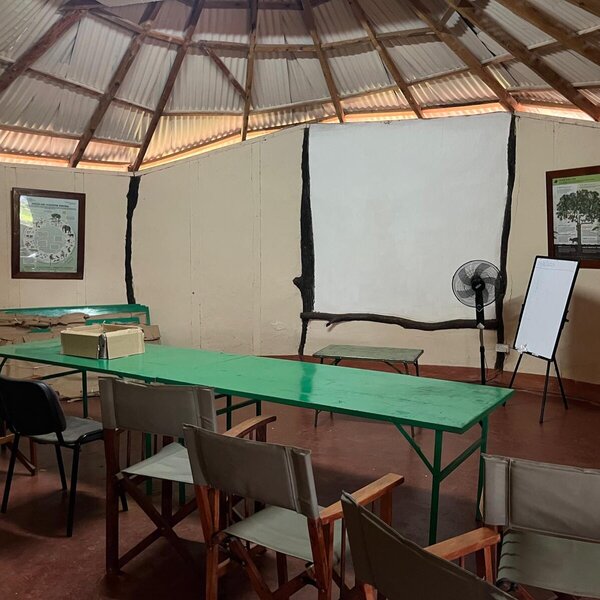
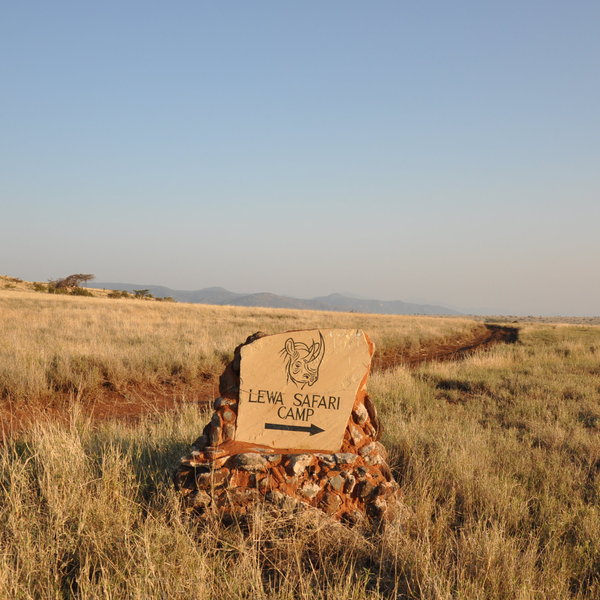
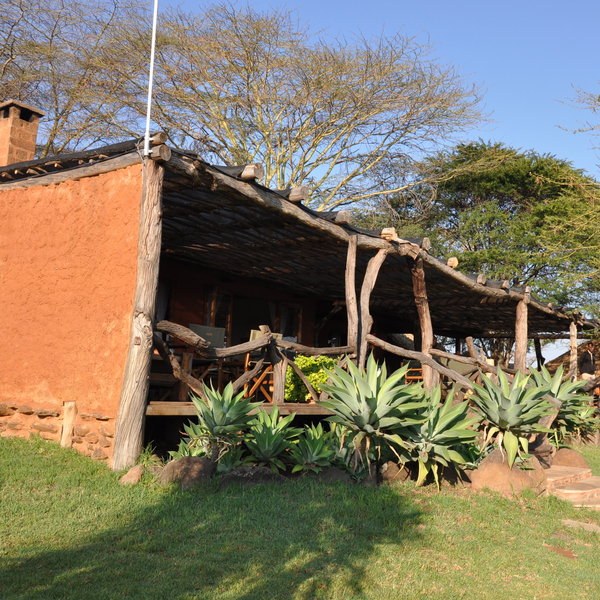

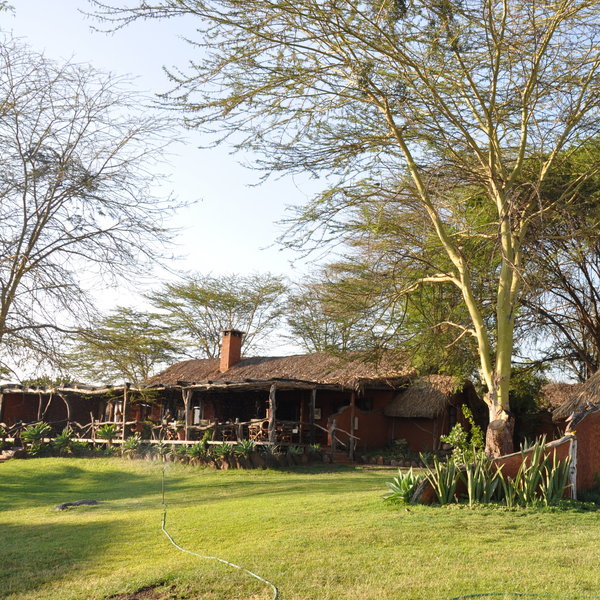
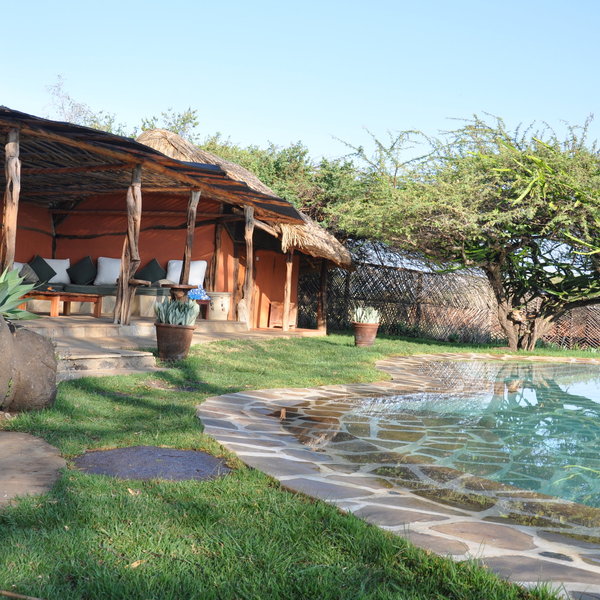
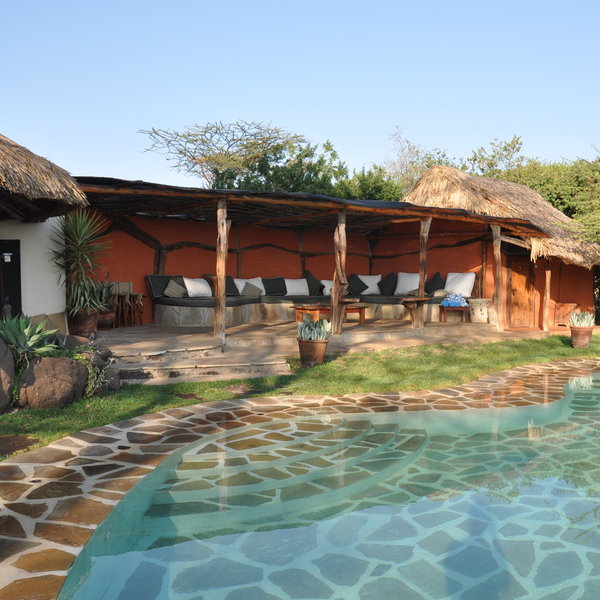
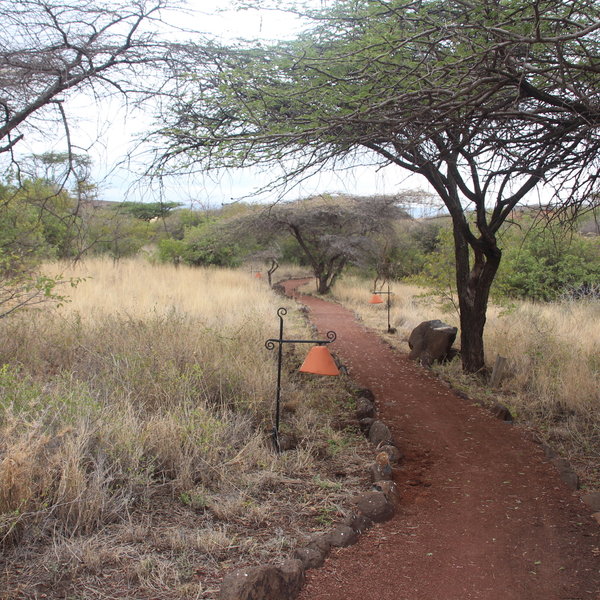
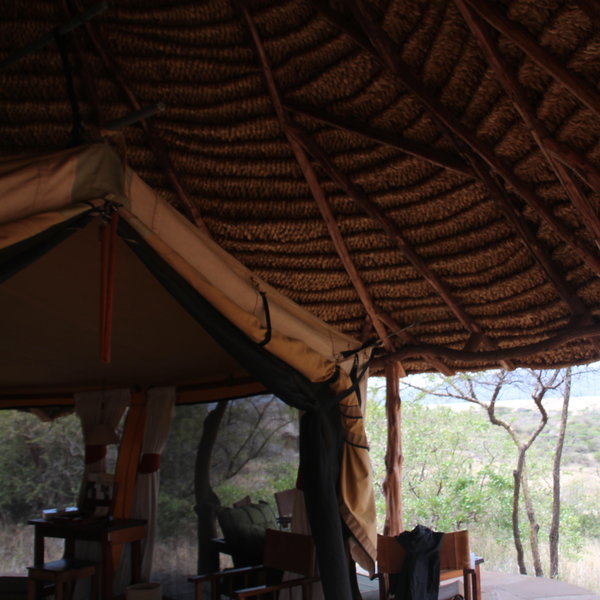
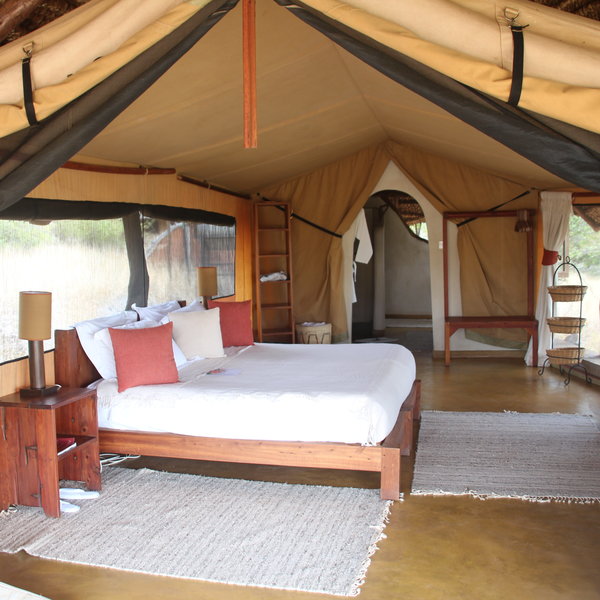
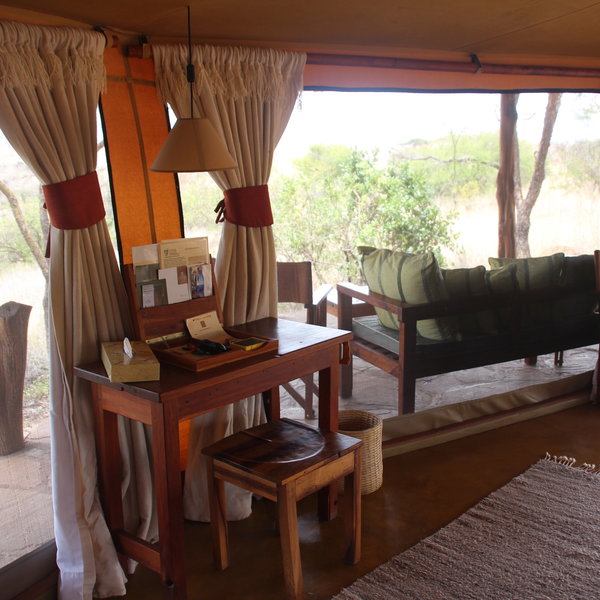
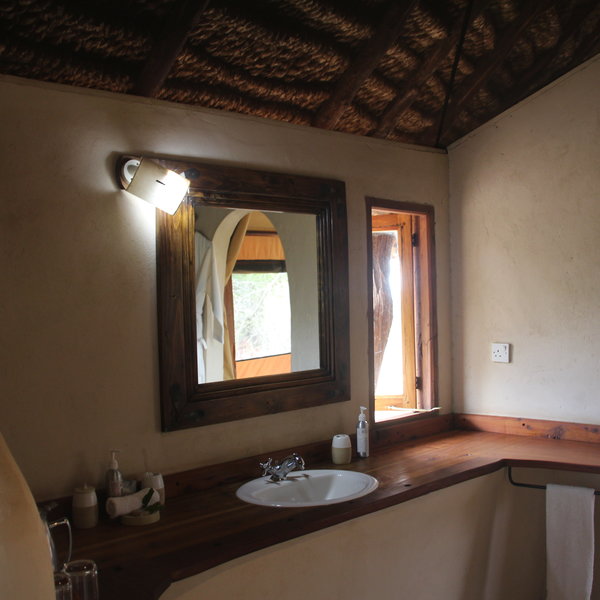
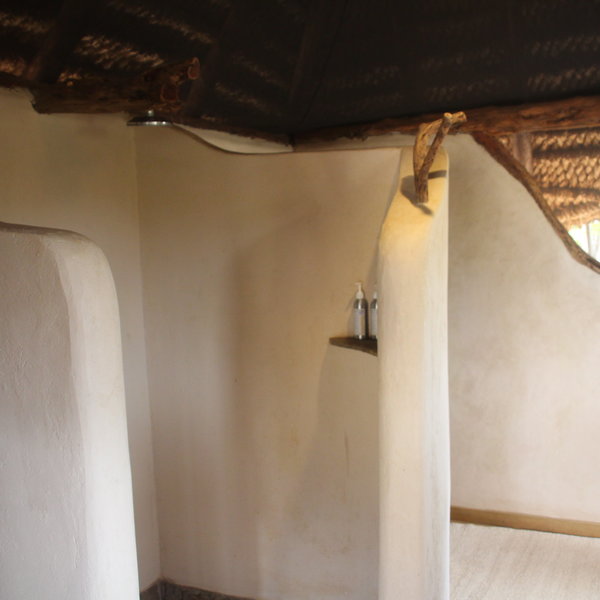
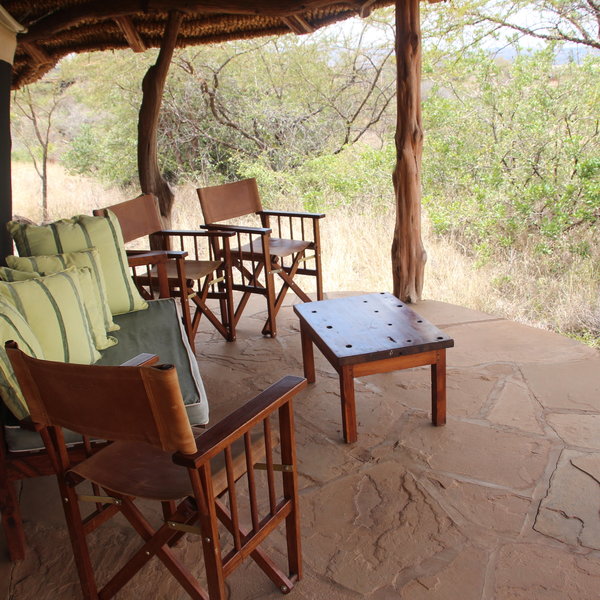
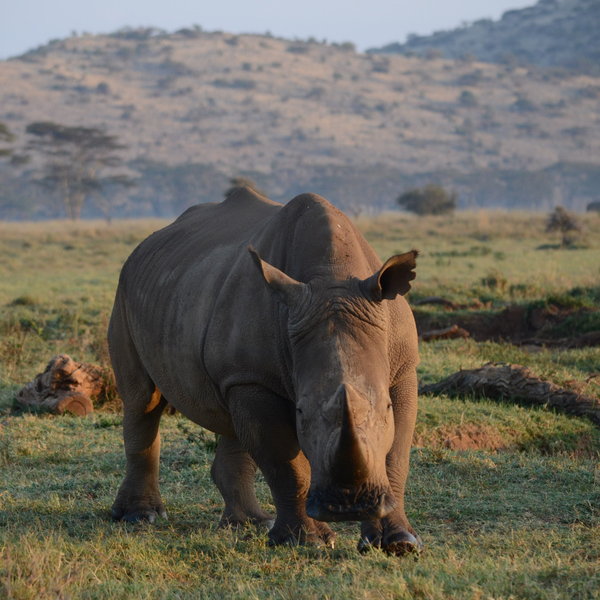
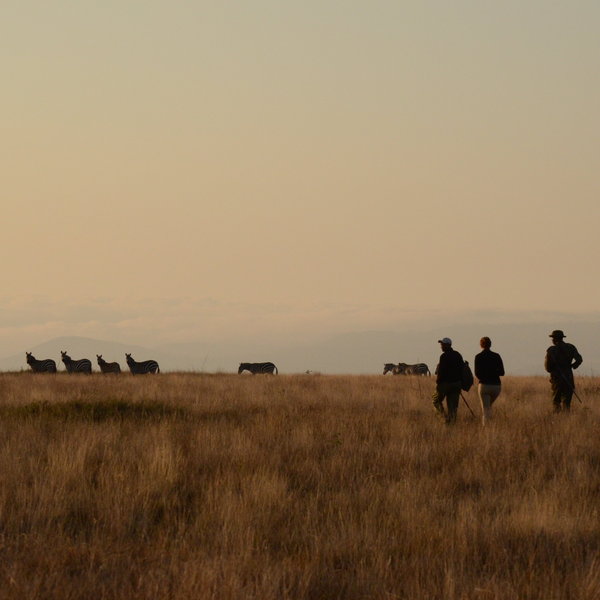
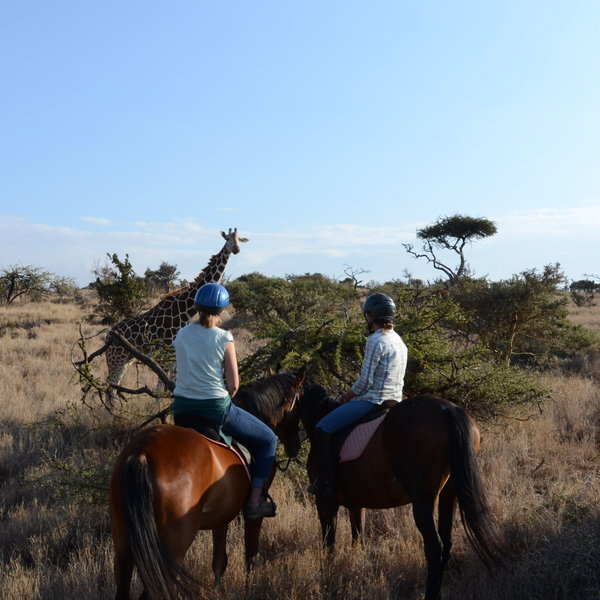
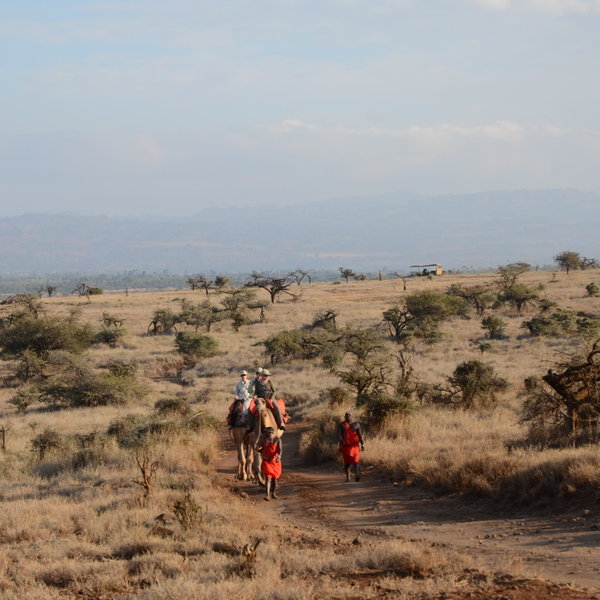
Expert Africa's gallery
When we travel we take lots of photos ourselves to give you a real and un-edited view of the safaris. See our 34 pictures and 1 videos of Lewa Safari Camp to get the candid view.
View gallerySafaris visiting Lewa Safari Camp
Just ideas, we'll always tailor-make a trip for you
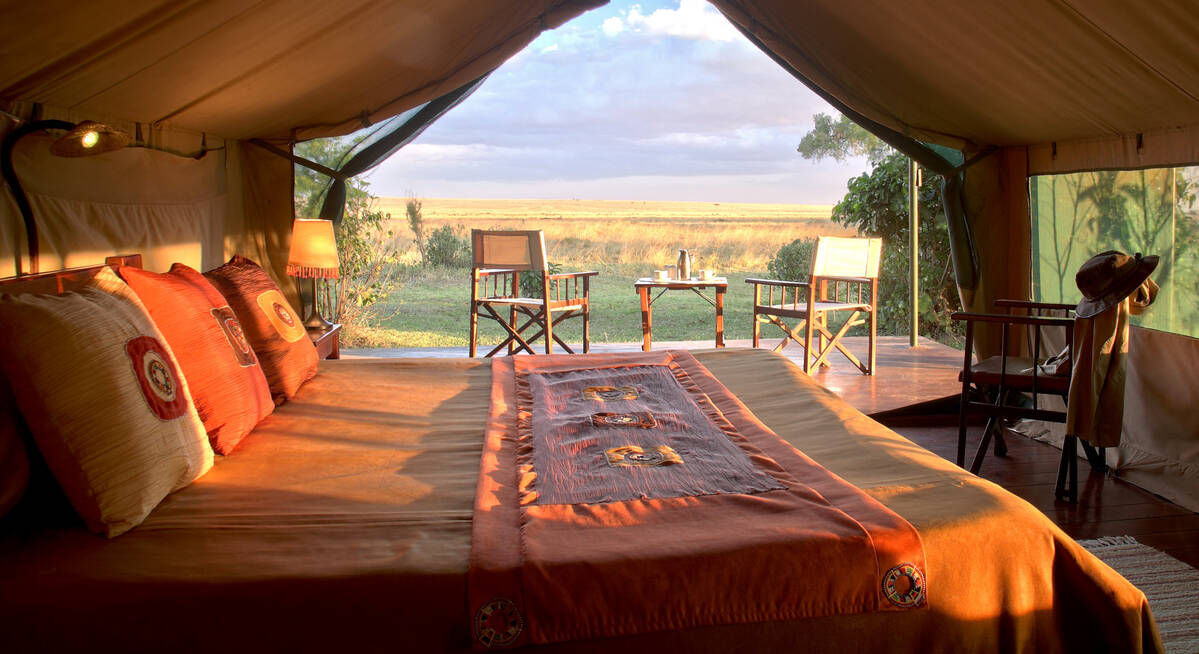

Big Cat Fly-in Safari
8 days • 2 locations • 1 country
NAIROBI AIRPORT TO NAIROBI AIRPORT
Combining two of Kenya’s best wildlife-viewing areas, this slow-paced safari to the Lewa Conservancy and Maasai Mara guarantees iconic wildlife. The long-established, well-rated camps are great value, too.
Visiting Maasai Mara, Laikipia
US$6,940 - US$8,850 per person
Lewa Safari Camp: Our full report
Lewa Safari Camp is one of five permanent properties on the 250km² Lewa Conservancy, and though it is run ...
... by a well-known safari outfit, it is the only one that is owned by the conservancy itself. All profits are directly reinvested into Lewa's conservation and the surrounding communities. Traditional tented rooms provide comfort at the sociable, friendly camp where guests can enjoy a range of safari and cultural activities.
Lewa was once a private family ranch owned by the Craigs, who – in response to the ever-reducing numbers of rhino in Kenya, which had become perilously low by the 1970s – had set aside a small area for breeding rhino. Success in this venture led them to dedicate the entire ranch to conservation, and in 1995 the Lewa Wildlife Conservancy was designated.
Lewa Safari Camp itself is located in the far west of the conservancy and is a great base from which to explore. Originally built in the 1980s as a home for the rhino manager, it is now still owned by the conservancy but managed by Elewana, an established safari company in East Africa.
The entire property is fenced and its main areas have the appearance of a simple but comfortable (although rather dark) colonial farmhouse, with earthy red walls on the outside, and cool cream walls and exposed wooden beams on the inside. Open fireplaces, wooden floors and comfortable sofas make for a cosy, homely atmosphere which is enhanced by relaxed and friendly staff. Guests tend to gather for drinks at the bar here, before settling at their individual tables for dinner.
In front of Lewa Safari Camp, a veranda looks out across lush green lawns to a birdbath and waterhole in the distance. Breakfast and lunch are usually set up here, to be enjoyed before or after your morning activity, depending on what you choose to do that day. A sparkling pool, surrounded by a lush lawn, is set with sun loungers and parasols and is the focus of an outdoor lounge area to one side of the main communal area. On our most recent visit, we found these main areas to be frequented by an abundance of varied birdlife, easily enjoyed from the veranda.
The 13 tented rooms at Lewa Safari Camp are widely spread through the bush, and very private, with numbers #7 and #12 typically used for honeymooners. Relatively simple in style, with white, beige, russet and fawn colours in the design, the rooms are unfussy but also stylish in their simplicity. Each is raised on a concrete platform with canvas walls that can open to the bush beyond and a thatched roof that provides additional shade and helps to keep the room cool. Inside each tent, you will find a large king bed that can be configured as a twin, flanked by bedside tables and a shelving unit. Opposite the bed is a standing fan for the hotter evenings and a small wooden writing desk stocked with a wealth of information on the conservancy, Lewa Safari Camp's activities and a useful bird and mammal checklist for the area. A canvas flap can be rolled down to provide privacy between the bed and bathroom, where there is a shower, basin, and flushing toilet, as well as complimentary bathrobes, a hairdryer, and toiletries.
Three of the tented rooms (#3, #12 and #13) are larger than the others, featuring either three single beds or a double with a single, while four of them form the camp's two family units. The family units feature two tents positioned next to each other on the same raised concrete platform, with a small table and chairs set on the deck between them. Although right next to each other, these rooms are not interconnected. They are both ensuite and can be configured as a double or twin, with the capacity to add an additional smaller bed for a child. A final room is located between the spa and communal area and this is allocated to private guides.
A short walk downhill from the rooms is a hide overlooking a waterhole, where guests can sit quietly to watch game coming to drink. On a previous visit, we saw six rhinos relaxing in the shade with a large herd of buffalo moving past in the distance. Additionally, at the end of the camp's perimeter fence (roughly 1.1km) is a photographic hide. During the day, you can walk to this hide by yourself (which many do to boost their step count as well as enjoy the hide!).
Activities at Lewa Safari Camp include game drives in comfortable 4WD Toyota Land Cruisers – each with three rows so that all guests have an unobstructed view to one side. The game viewing is good here, with rhino and, on a clear day, views of Mount Kenya being real highlights. Guests who wish to head out on longer drives to explore further afield in the conservancy can opt to take a packed breakfast or lunch. Walks are also offered here, led by a guide and an armed ranger who will take you out across the plains to observe and learn about the details often missed from a safari vehicle. These are best done in the cool mornings, when the light changing on the Isiolo and Matthews Mountain Ranges is stunning.
A further range of activities at Lewa Safari Camp can be arranged at extra cost. With advance notice, horse and camel safaris, run by the neighbouring Lewa Wilderness, can be organized at US $120 per person. Visits to Il Ngwesi village, which can give real insight into the local Maasai culture, cost US$80 per person. Finally, there is the option of a day trip with a minimum of two people for US$160 into the Ngare Ndare Forest. These walks, accompanied by a guide and an armed ranger, offer a real contrast to the conservancy's landscape and ecosystems. Though we didn't get a chance to go here when we last visited Lewa we were told that the canopy walkway, and swimming in the waterfall's pools, is great fun - although you must have a moderate level of fitness and agility to navigate the forest paths, often bumpy with roots. You can also look to wile away the afternoon with a treatment in the camp's spa, including two beds for couple's treatments, and a price list is provided in the rooms; borrow yoga mats from the camp's office; or browse their well-stocked curio shop.
Activities
4WD Safari
Birdwatching
Cultural excursion
Guided walking safari
Horse-riding
Night drive
Private activities
Families & children
- Attitude towards children
- Lewa Safari Camp doesn't particularly recommend the camp to anyone younger than seven years old, but it is really quite child-friendly.
- Property’s age restrictions
- There is no specific minimum age.
- Special activities & services
- Lewa Safari Camp can arrange early meals and child-friendly walks around the camp and within the fence. For added entertainment, there are a swimming pool and board games.
- Equipment
- Highchairs and cots are available. Lewa Safari Camp can offer child care, this can either be by a member of the housekeeping staff or possibly one of the security team standing guard outside the tent.
- Generally recommended for children
- Lewa Safari Camp is fenced and so comparatively good for children, though parents must supervise them at all times. That said, the evening atmosphere is quite adult and so might not suit younger or more boisterous children.
Food & drink
- Usual board basis
- Full Board & Activities
- Food quality
- On our most recent visit we did not have the chance to eat at Lewa Safari Camp, however when we stayed here previously we thought the food was good with fresh ingredients, most of which we were told are sourced locally.
Breakfast is usually served on the veranda from 6.30am to 9.30am. A buffet of fresh fruits and cereals is laid out, whilst a waiter will bring fresh tea and coffee, and take your order for a cooked breakfast. Those making an early start may prefer to take a cooked breakfast out on safari with them, which will include fruit and cooked items such as hard-boiled eggs and cold sausages. Tea or coffee kept hot in a flask will help take the chill off the morning.
Most people head back to Lewa Safari Camp for a buffet lunch, also served on the veranda or around the pool whenever possible. We had chilled pea soup, aubergine parmigiana, sliced beef, and a selection of salads served with freshly baked focaccia. Desert was a mango fool. Bush meals and packed, picnic lunches can also be provided if you're going for an all-day game drive.
Afternoon tea is served before your afternoon activity, with a selection of teas or coffee along with homemade cakes and biscuits.
Dinner starts with canapés and drinks at Lewa Safari Camp's bar, or by the fire pit in the garden, before guests move off to their own tables. A three-set course meal is then served to the table. On our previous visit, the starter was a choice of bean soup or a sage and ricotta ravioli. The main course was beef fillet served with mange tout, carrots, and roast potatoes. This was finished off with a large chocolate profiterole and tea or coffee. - Dining style
- Individual Tables
- Dining locations
- Indoor and Outdoor Dining
- Further dining info, including room service
- On request.
- Drinks included
- Beer, soft drinks, house wines and local spirits are included. Champagne, premium wines and spirits are at additional cost.
Our travellers’ wildlife sightings from Lewa Safari Camp
Since mid-2018, many of our travellers who stayed at Lewa Safari Camp have kindly recorded their wildlife sightings and shared them with us. The results are below. Click an animal to see more, and here to see more on our methodology.

100% success

100% success

100% success

100% success

100% success

93% success

92% success

92% success

67% success

38% success

31% success

15% success

8% success

0% success

0% success

0% success
Getting there
- Location
- Laikipia, Kenya
- Ideal length of stay
- 3 nights
- Directions
- There are daily flights from Nairobi to Lewa Downs airstrip, which take about 60-90 minutes, depending on the route taken. It is then a further 45-minute direct drive to Lewa Safari Camp, or longer if you stop to look at wildlife.
- Accessible by
- Fly-and-Transfer
Special interests
- Birdwatching safaris
- With its lush lawns and verandas overlooking a busy birdbath, Lewa Safari Camp offers great birdwatching from the camp itself. The hide overlooks a waterhole, where mammals and birds regularly drink, and bush walks give birding a new perspective.
- See ideas for Birdwatching safaris in Kenya
- Riding safaris
- Horseback and camel safaris are arranged with nearby Lewa Wilderness Camp, whose 40 horses are available to experience riders as well as beginners. The plain grazers are relaxed around horses, making it a great way to get up close.
- See ideas for Riding safaris in Kenya
- Wildlife safaris
- Lewa Conservancy stands out for having 10% of Kenya’s black rhino population, plus a healthy number of white rhinos, and a very high population of the finely marked Grevy’s zebra – and a scattering of other big game.
- See ideas for Wildlife safaris in Kenya
Communications
- Power supply notes
- There is 24 hour power throughout the lodge and guests can charge devices in their rooms.
- Communications
- There is WiFi in Lewa Safari Camp's central areas and in each room. There is also intermittent cellphone reception around the lodge, mostly near the central, reception area.
- TV & radio
- There is no TV for guests' use, but for big sporting occasions a plan can be made using the staff TV.
- Water supply
- Borehole
- Water supply notes
- The borehole water supply is double-filtered. Drinking water is provided in flasks and all guests are given a branded metal drinking bottle.
Health & safety
- Malarial protection recommended
- Yes
- Medical care
- There is a first-aid kit in the lodge and one in each vehicle; guides are first-aid trained. Lewa clinic is close by for emergencies, and the camp has links to the flying doctor service. Nanyuki is an 1hr 45 - 2hrs drive away and has a good hospital.
- Dangerous animals
- High Risk
- Security measures
- There are guards on site and guests are escorted to their tents after dinner. The camp also has an electric fence which reduces, but doesn't eliminate, the chance of big game passing through camp.
- Fire safety
- Lewa Safari Camp has designated fire assembly points, and a fire plan in each of the rooms. Extinguishers are also by every room and central areas, and the staff are trained to use them.
Useful info
- Disabled access
- On Request
- Laundry facilities
- A full laundry service is included and takes 24 hours. Items are hand washed, and for cultural reasons ladies’ underwear cannot be included.
- Money
- There is a safe in every guest tent.
- Accepted payment on location
- You can settle any extras at Lewa Safari Camp in cash using US dollars, Kenyan shillings, British pounds or euros. They also accept Visa, Amex, and MasterCard.
Plan and book your trip with Expert Africa
All of our trips are tailor-made, so we'll always adapt them to suit you. Talk to an Expert and let us plan and arrange your perfect trip.

Talk to an Expert
Call or email us now! We’ll match you with the Specialist in our team who is best suited to help you. Then together we can start planning your trip.

Set up your itinerary
Based on our experience and your ideas, your specialist will create a detailed, costed itinerary. We’ll refine it together, until we have a trip that you’re perfectly happy with.

Prepare for your trip
The same Specialist will make the seamless arrangements for your trip, send you detailed travel documents, and be available to answer any questions before you depart.

Travel with peace of mind
After you set off, you’ll be cared for by our partners in Africa, most of whom have worked with Expert Africa for decades. And if you ever need us urgently, we’re available 24/7.

When you return
We love to learn about your trip, and so will always be grateful if you’ve the time to give feedback to your Specialist when you return.
Lewa Safari Camp's location
Look closer at the environment and surroundings of Lewa Safari Camp.
Excursions from Lewa Safari Camp
Optional extra day-trips and excursions possible whilst you're staying at Lewa Safari Camp. Talk to us: these are usually best arranged before you go.
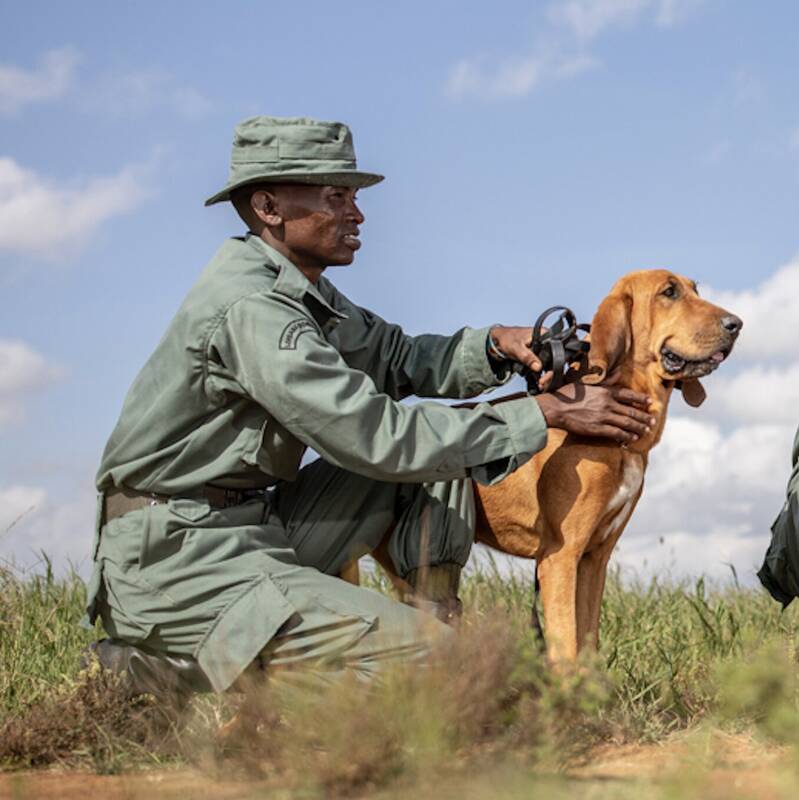
Anti-poaching Dogs Display
Approx. one hour
Interact with the dog keepers and learn about what it takes to look after the specially trained canine team. Guests are encouraged to try and evade the sniffer dogs, not only is this great fun, but it helps to offer genuine training for the dogs.
More about Anti-poaching Dogs Display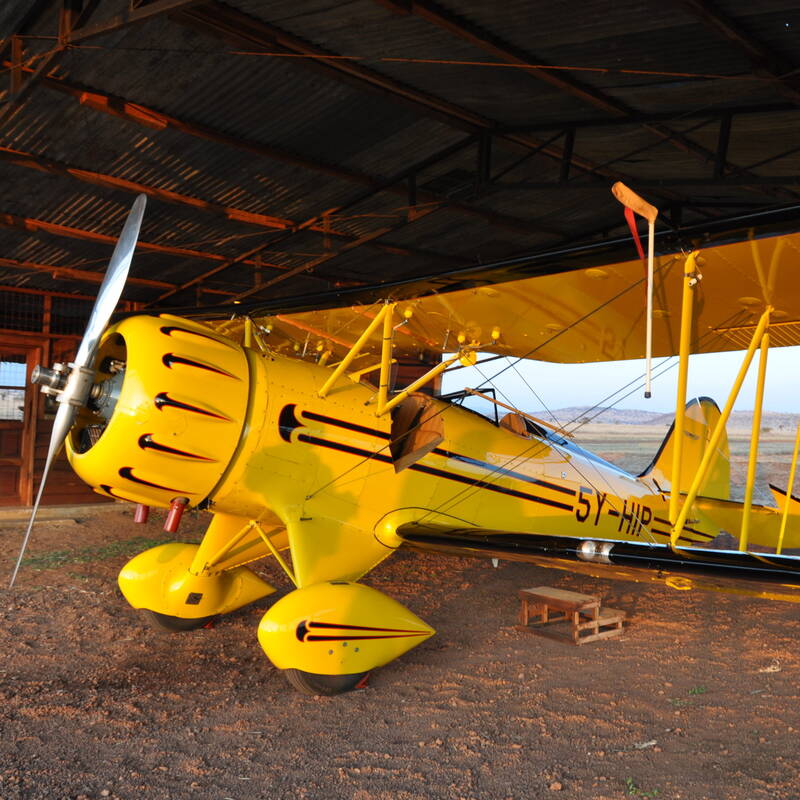
Scenic Biplane Flight on Lewa Conservancy
30 or 60 minute flights
Soar high and fly low over the rolling hills and plains of Laikipia’s famed Lewa Conservancy, on a scenic biplane flight. Offering you the chance to spot wildlife from the air, this flight takes place in an open-cockpit WACO biplane – a truly unique excursion in Kenya.
More about Scenic Bi-plane FlightOther lodges in Laikipia
Alternative places to stay in this same area.
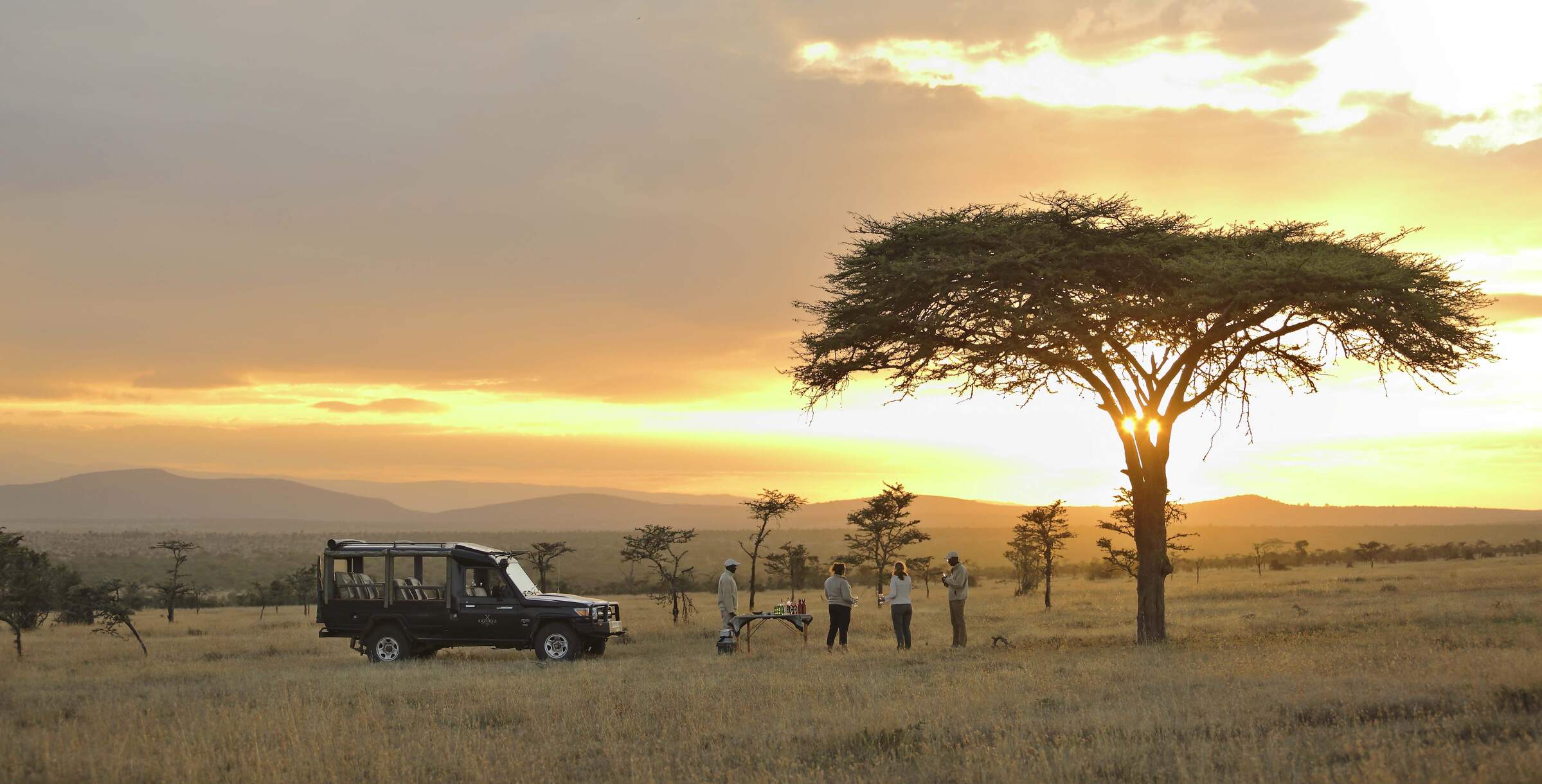
Kicheche Laikipia
Kicheche Laikipia is the most luxurious tented camp of the handful of places to stay in the Ol Pejeta Conservancy in central Laikipia.
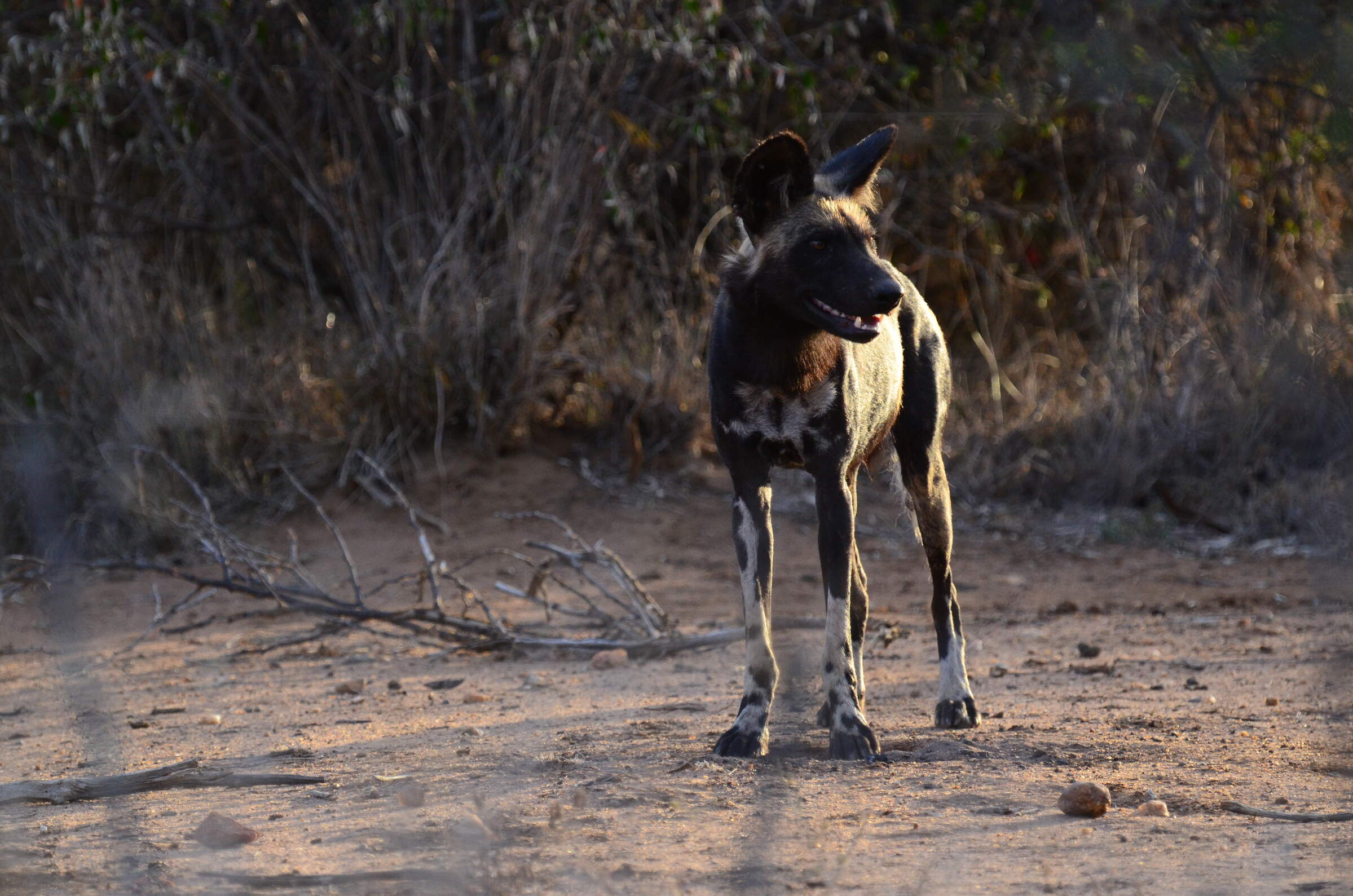
Laikipia Wilderness
Laikipia Wilderness is a rustic owner-managed bush camp, in excellent wild dog territory, offering outstanding guiding.

Lewa Wilderness
Lewa Wilderness is a comfortable, fenced safari lodge with nine cottages, great views and a huge range of activities.
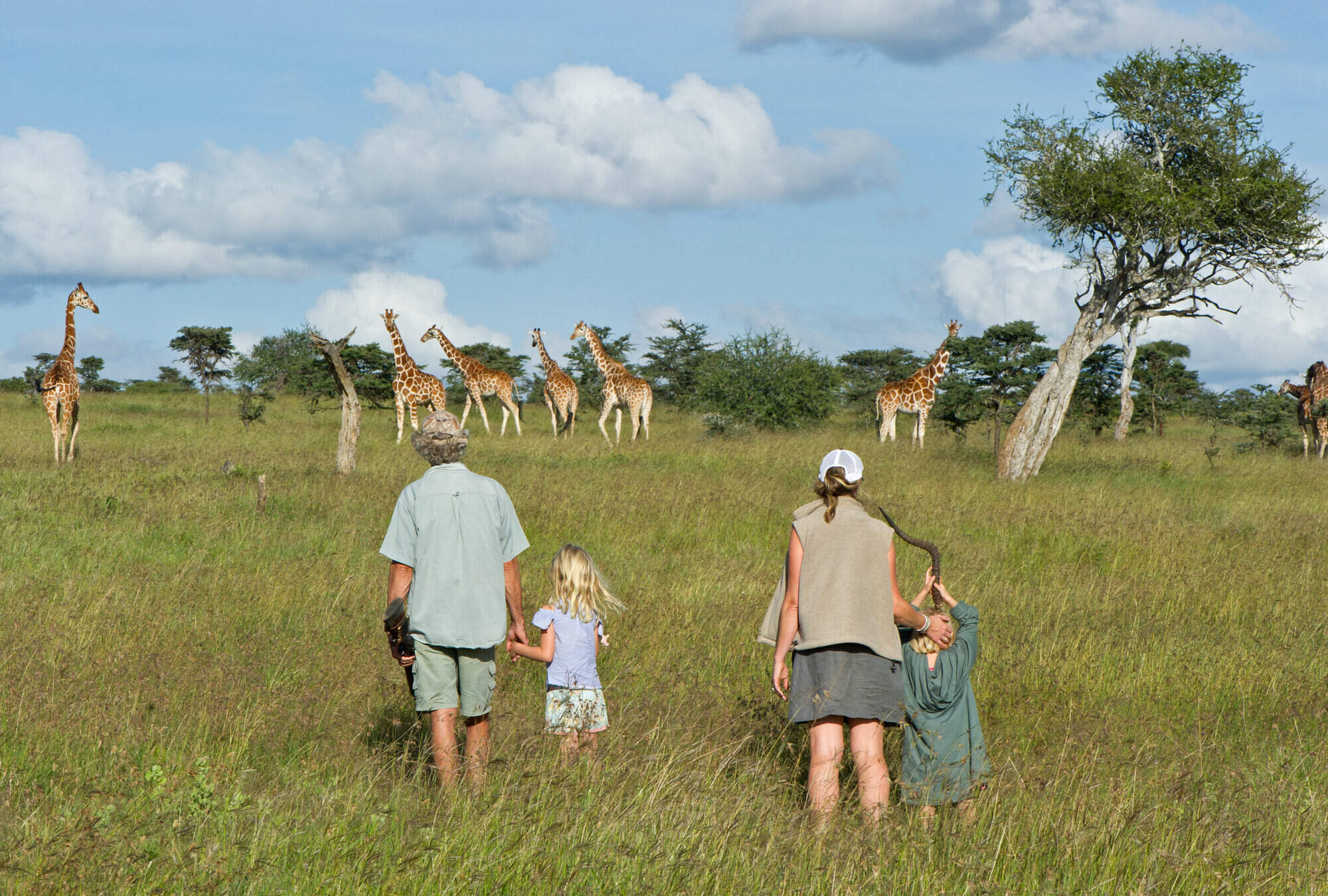
El Karama Lodge
El Karama is a comfortably rustic, very personal, riverside eco-lodge on a game-rich private ranch in Laikipia, an hour’s drive north of Nanyuki airport.
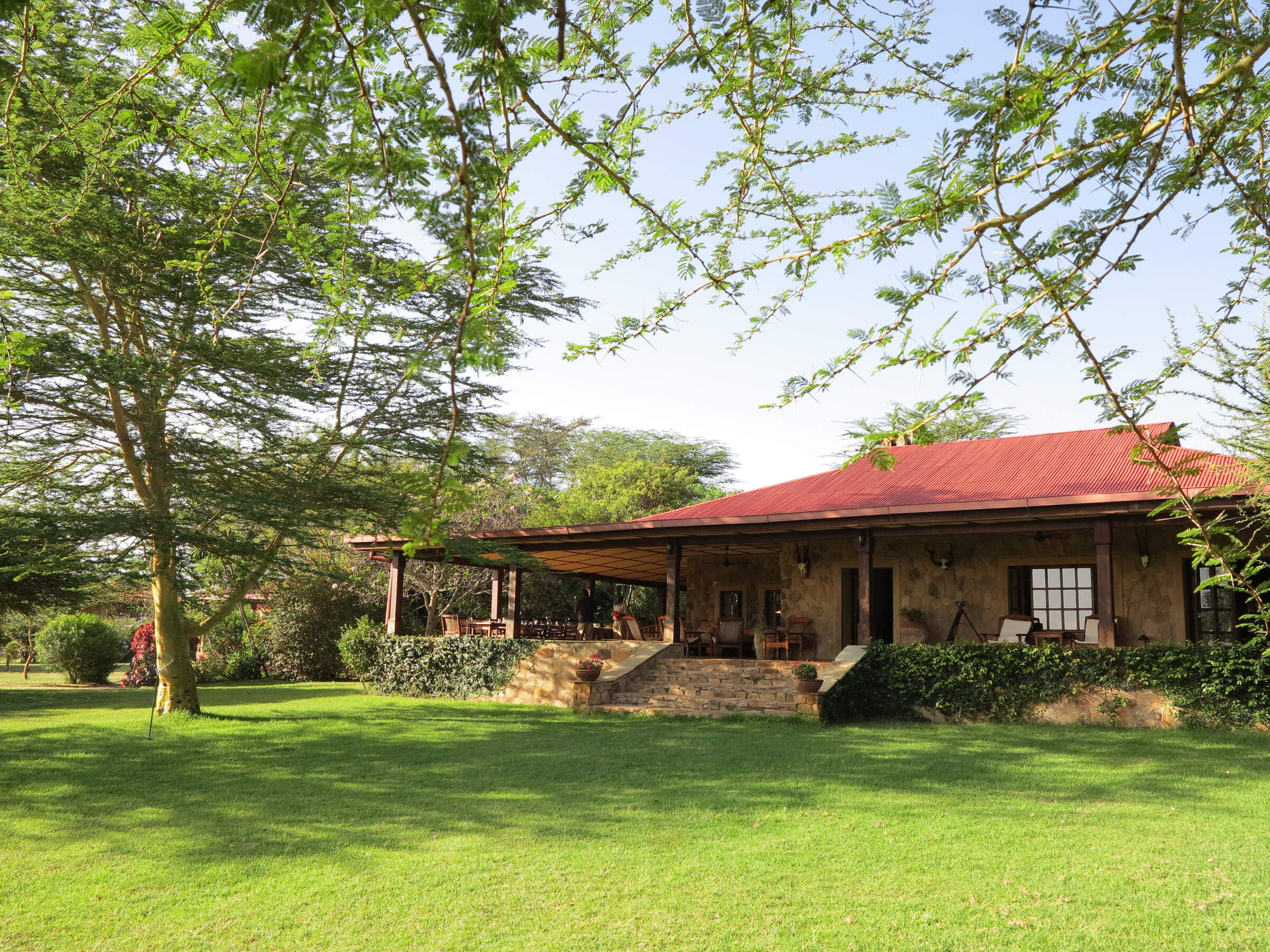
Sosian
Sosian Lodge is a distinctive, estancia-style ranch house on a former cattle ranch, with great opportunities for riding, relaxing and seeing wild dogs and other savannah wildlife.
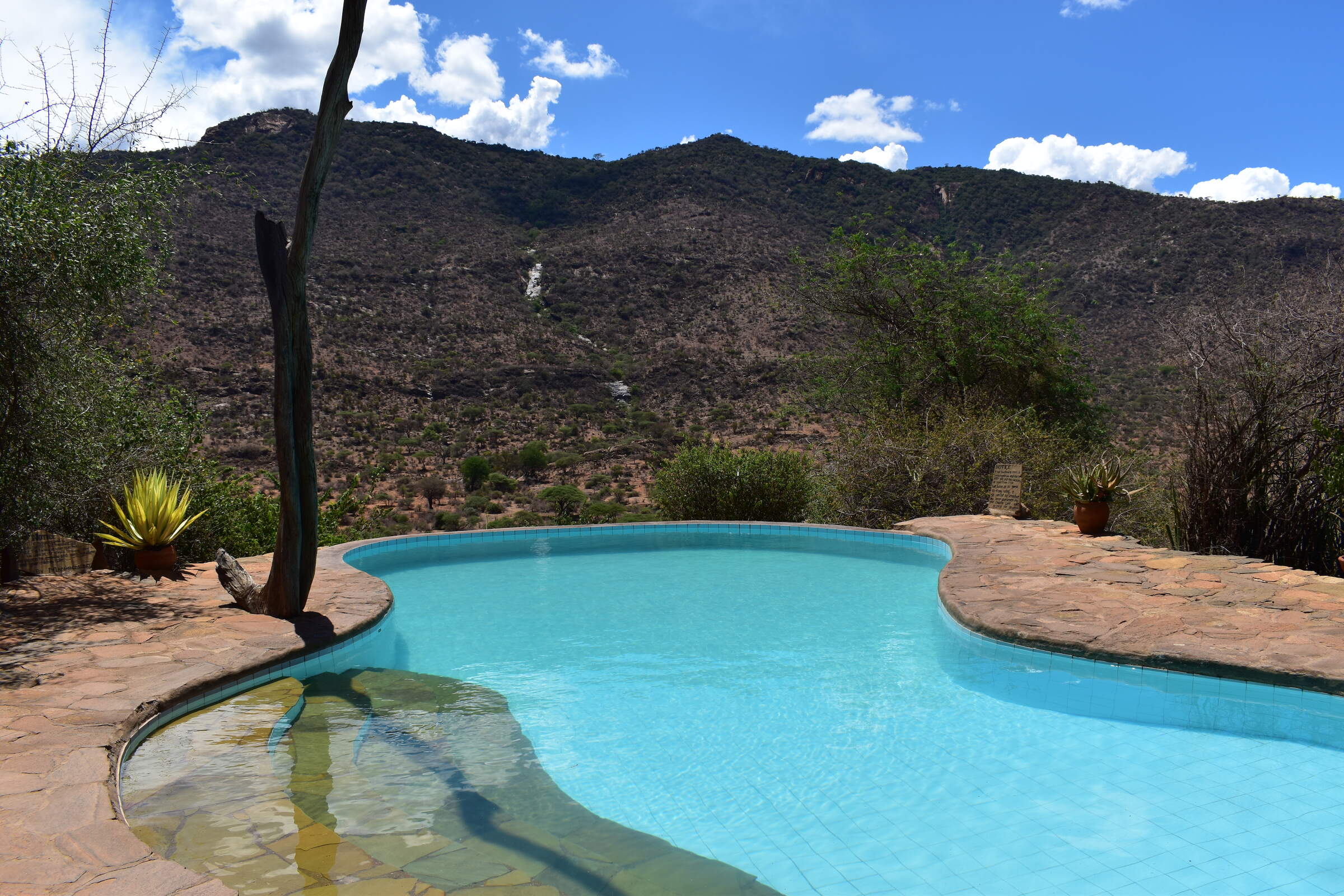
Il Ngwesi Eco-Lodge
The community-owned Il Ngwesi Eco-Lodge sits atop a small hill in the remote Il Ngwesi Group Ranch, a two-hour drive north of Lewa Conservancy in north-eastern Laikipia.
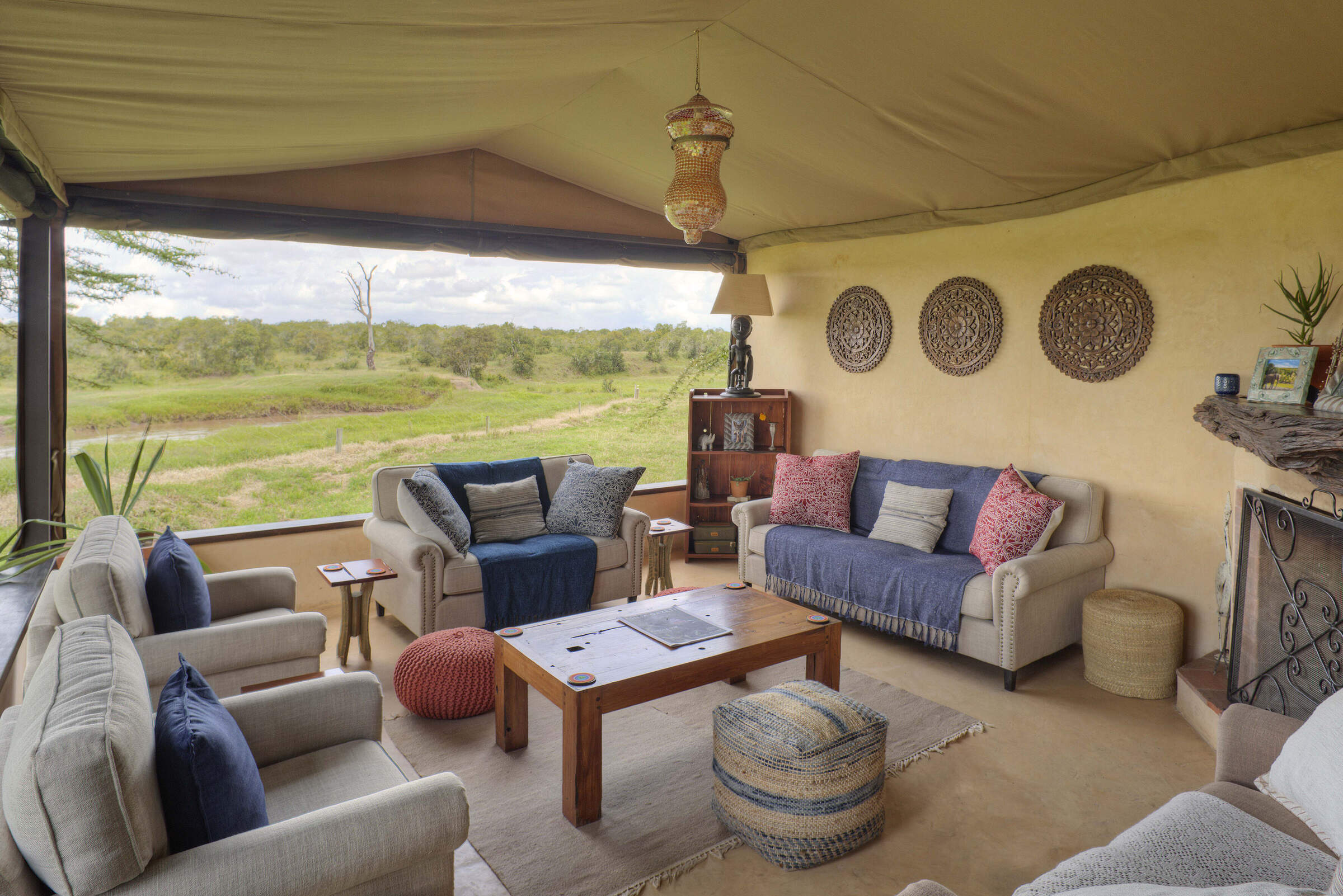
Ol Pejeta Bush Camp
Ol Pejeta Bush Camp is a simple camp, with comfortable tents, delivering an authentic wilderness experience backed up by good food and guiding.
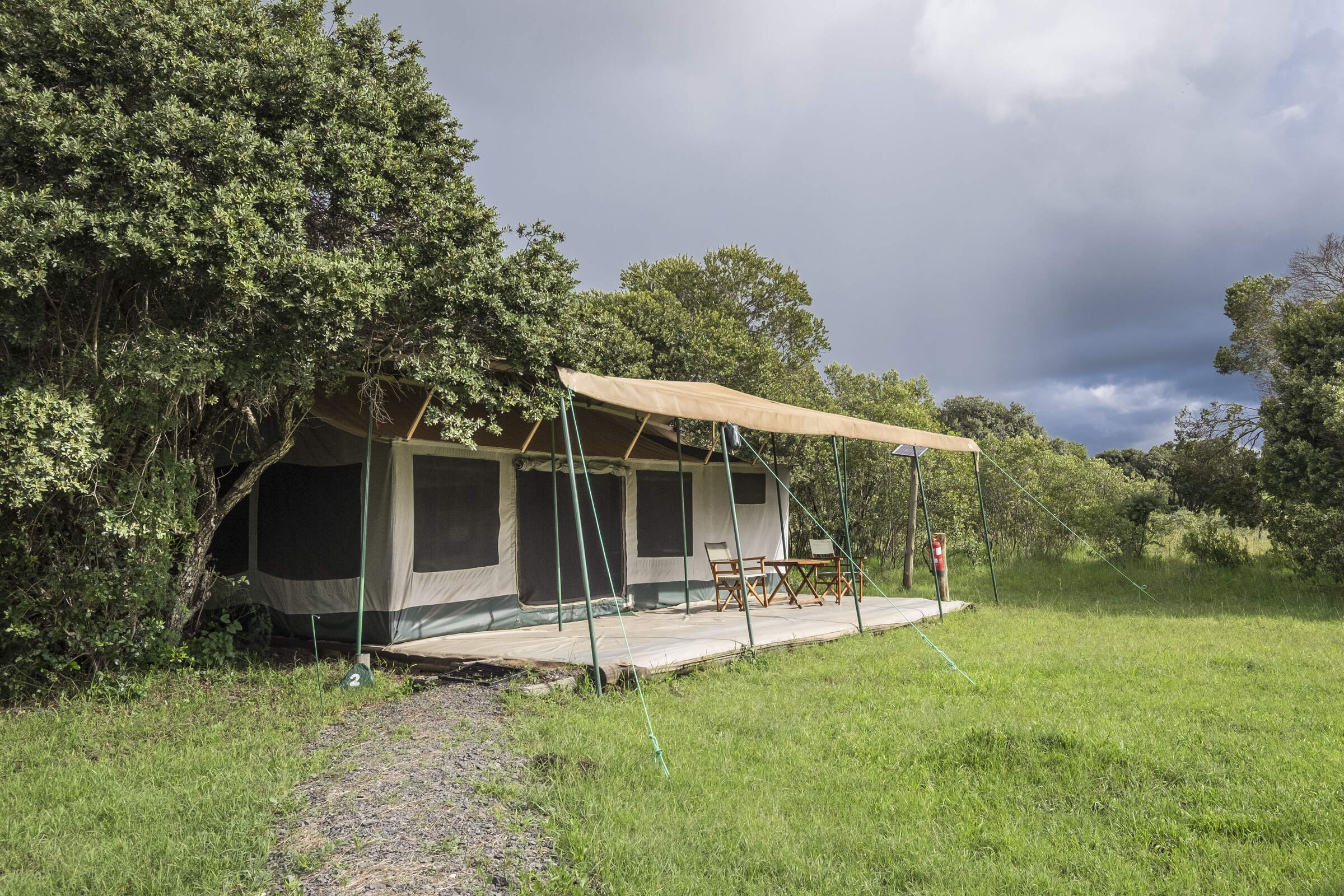
Porini Rhino Camp
Porini Rhino Camp is a small, simple, well established tented camp, with a keen focus on sustainable and low-impact tourism.
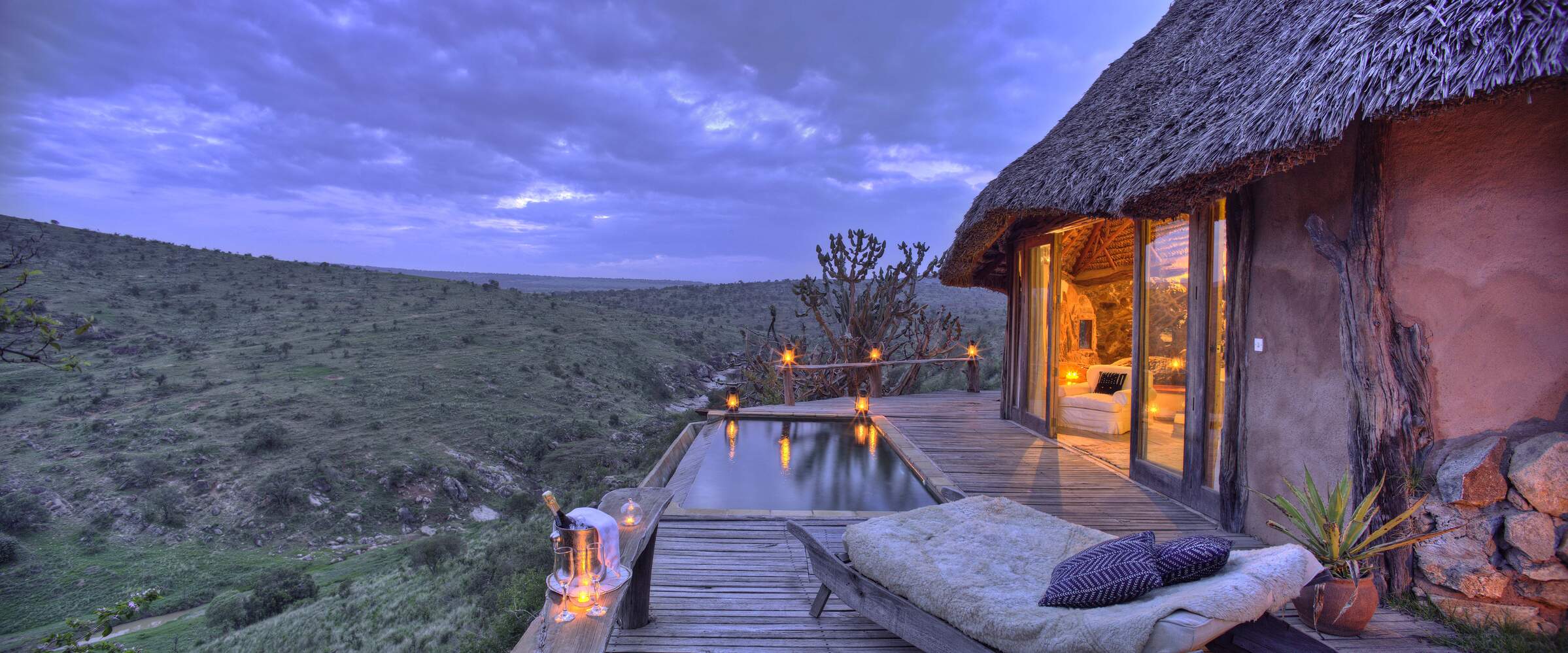
Borana
Borana is a comfortable and striking lodge on the Borana Conservancy in eastern Laikipia, offering pleasant accommodation with good food and service and a very wide range of activities.
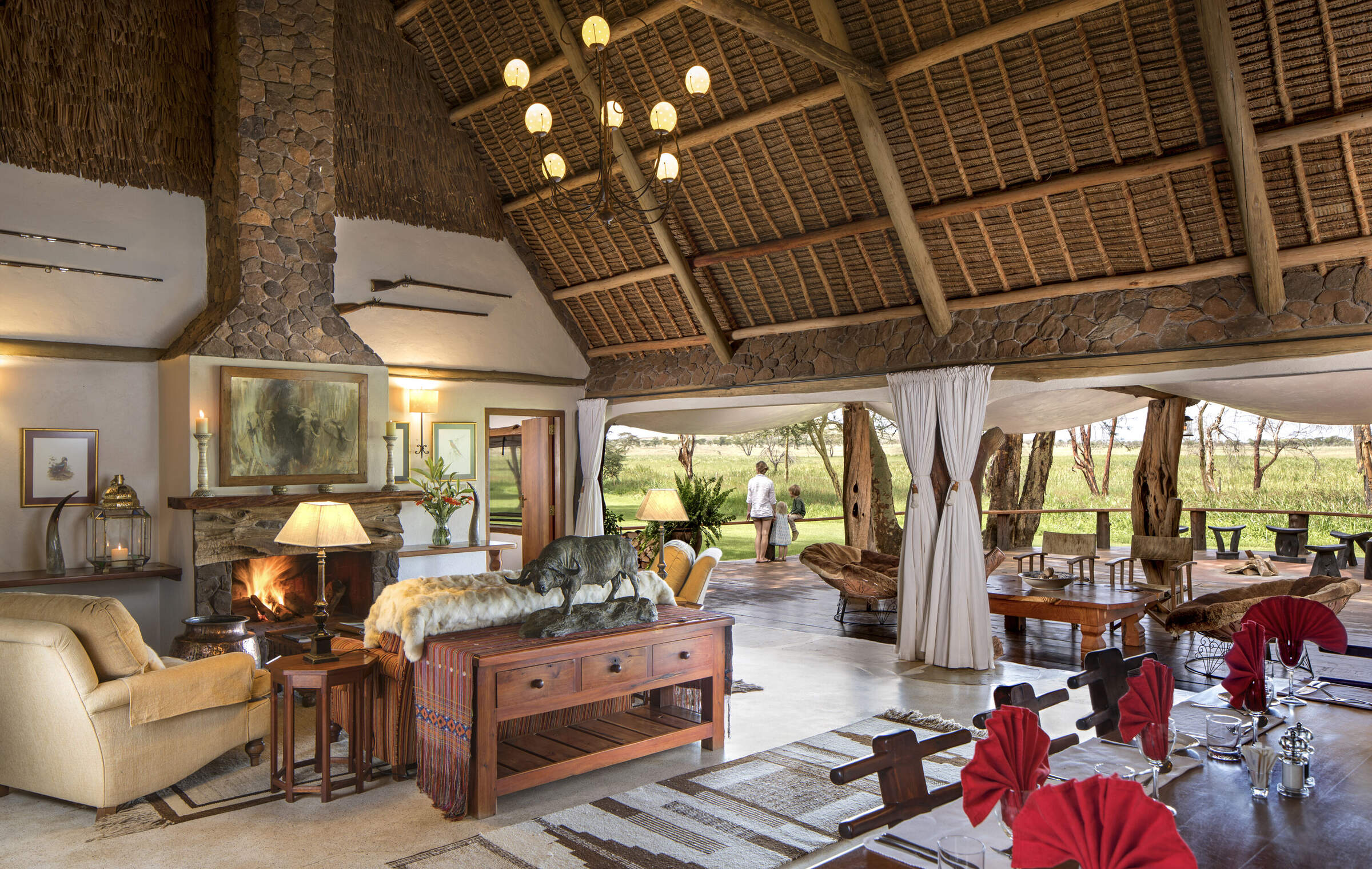
Sirikoi
Sirikoi is a small, very high-quality safari camp with excellent service and food and a wide selection of activities.
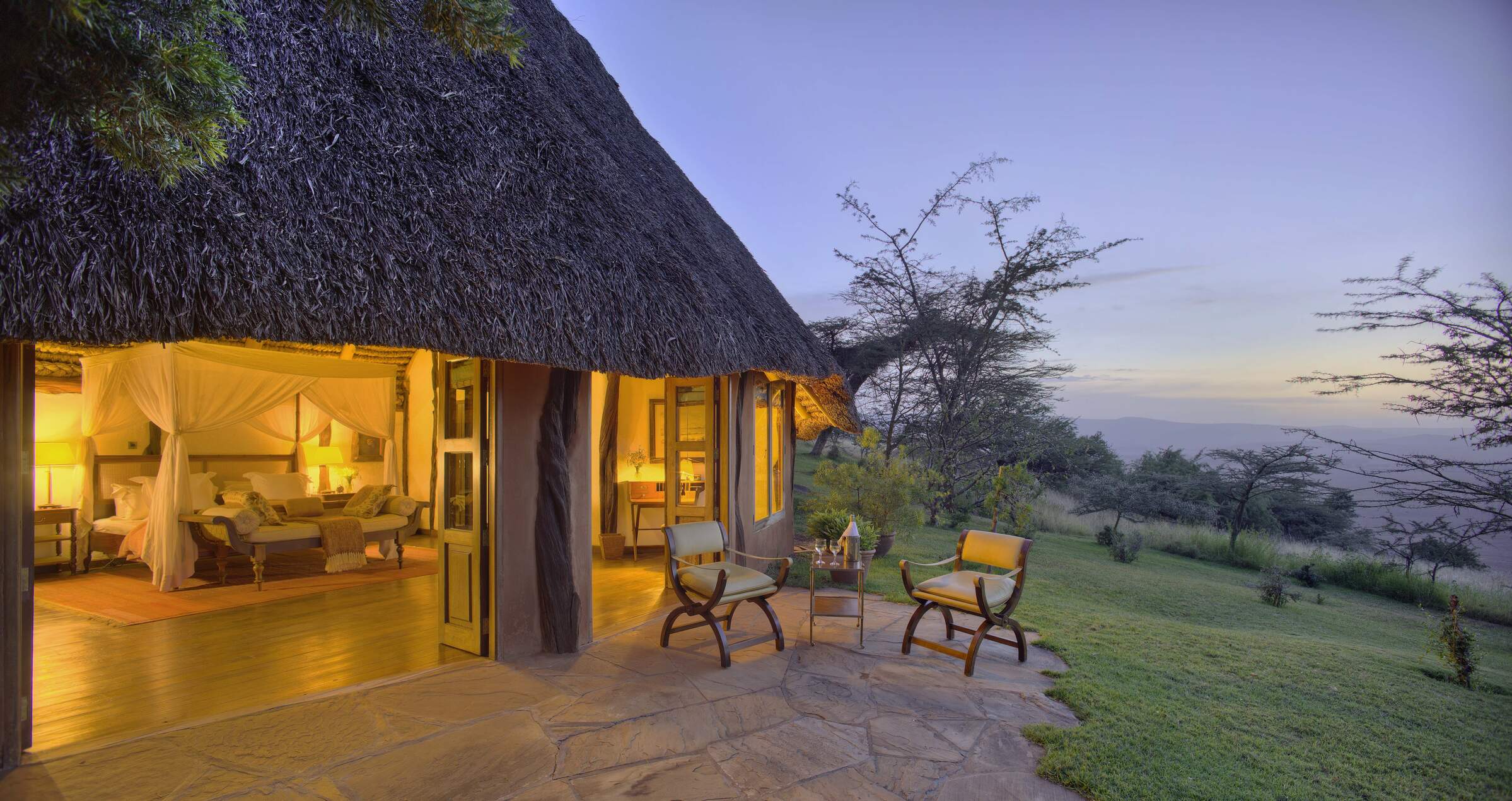
Kifaru House
Kifaru House is a small, stylish safari lodge in the Lewa Conservancy, with beautiful views across the landscape.
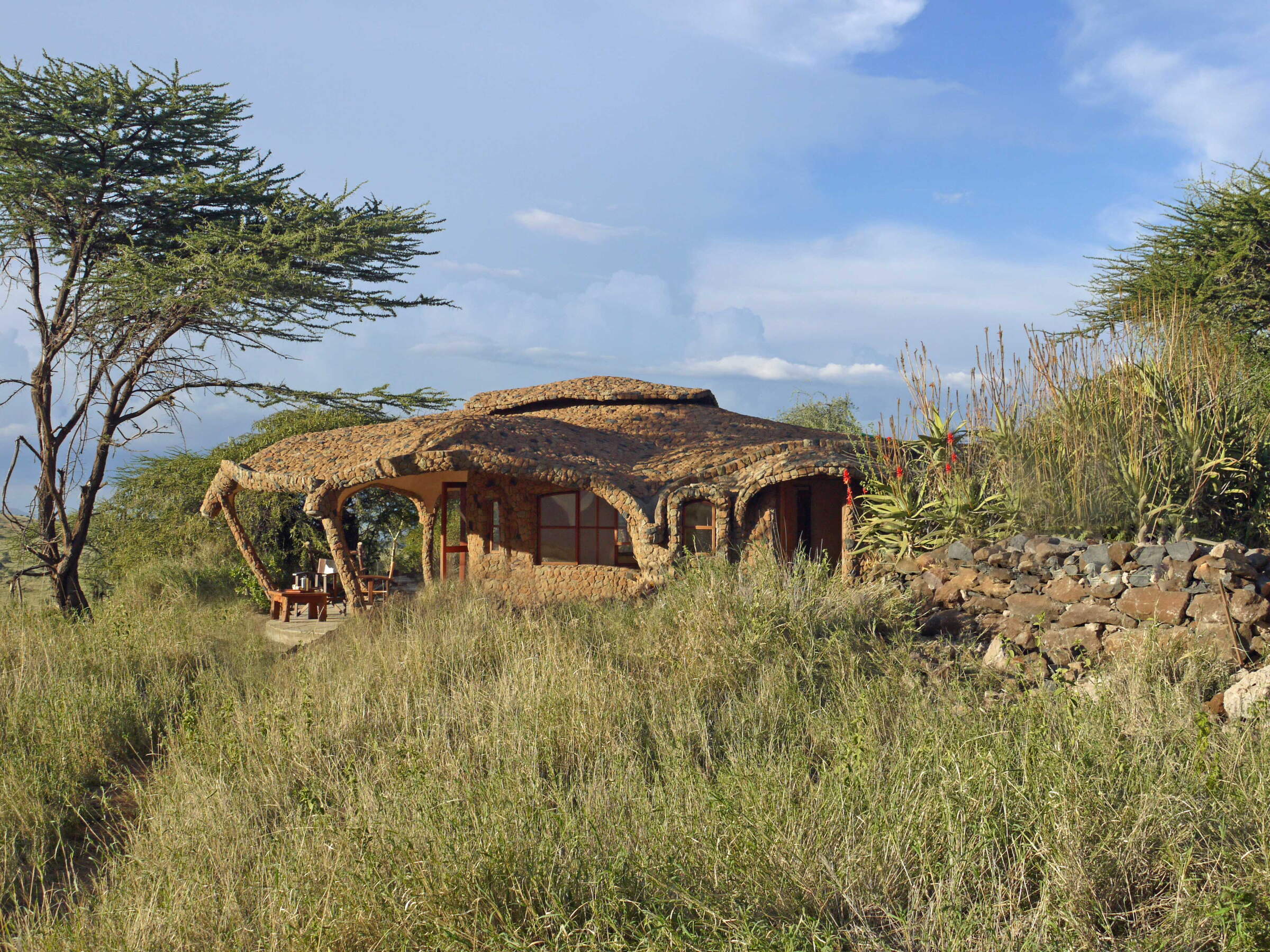
Lewa House
Lewa House is a very comfortable, boutique safari lodge located on the Lewa Conservancy, north of Mount Kenya.
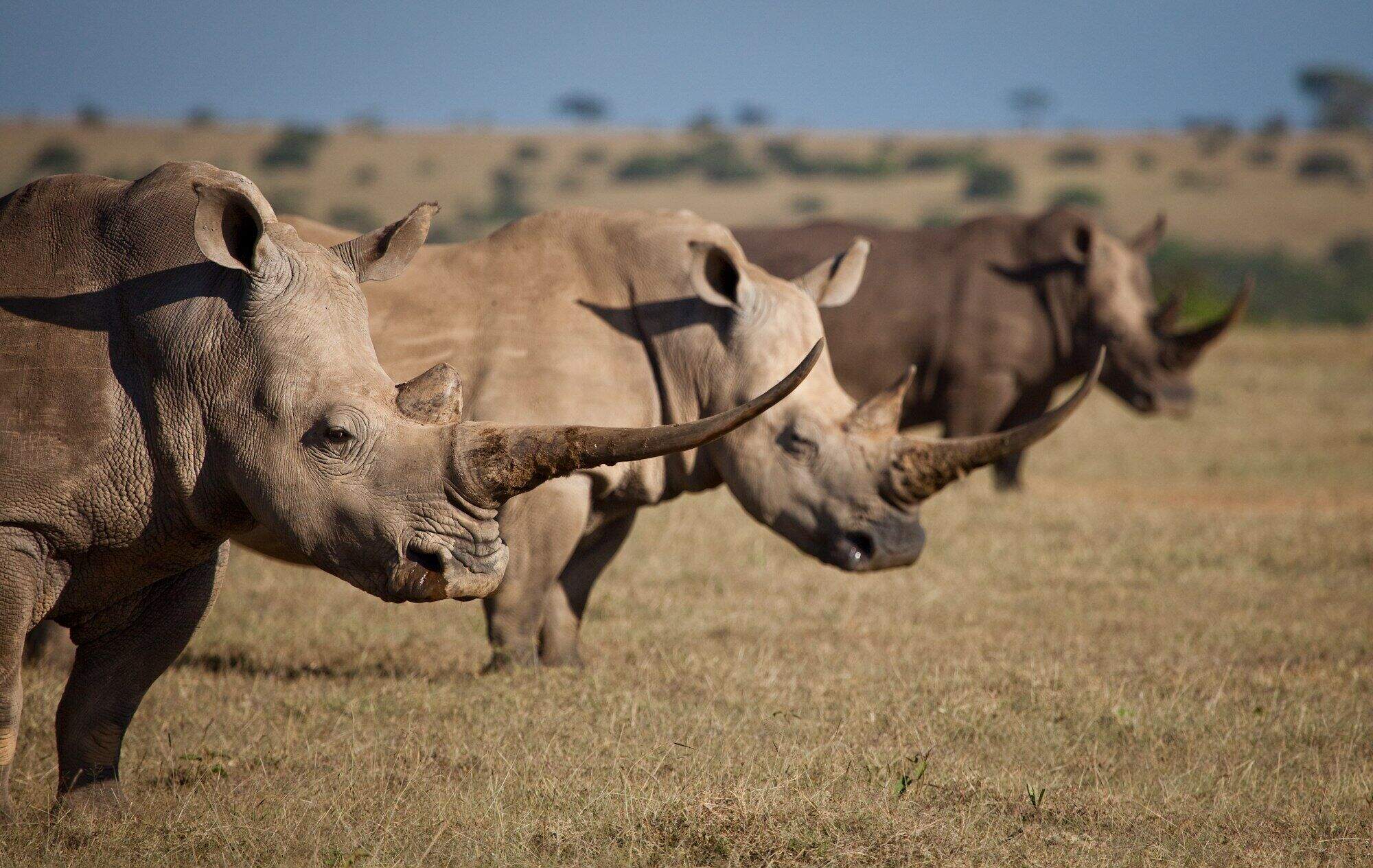
Solio Lodge
Solio Lodge is an exclusive and luxurious bush lodge set in the private Solio Game Ranch in southern Laikipia.
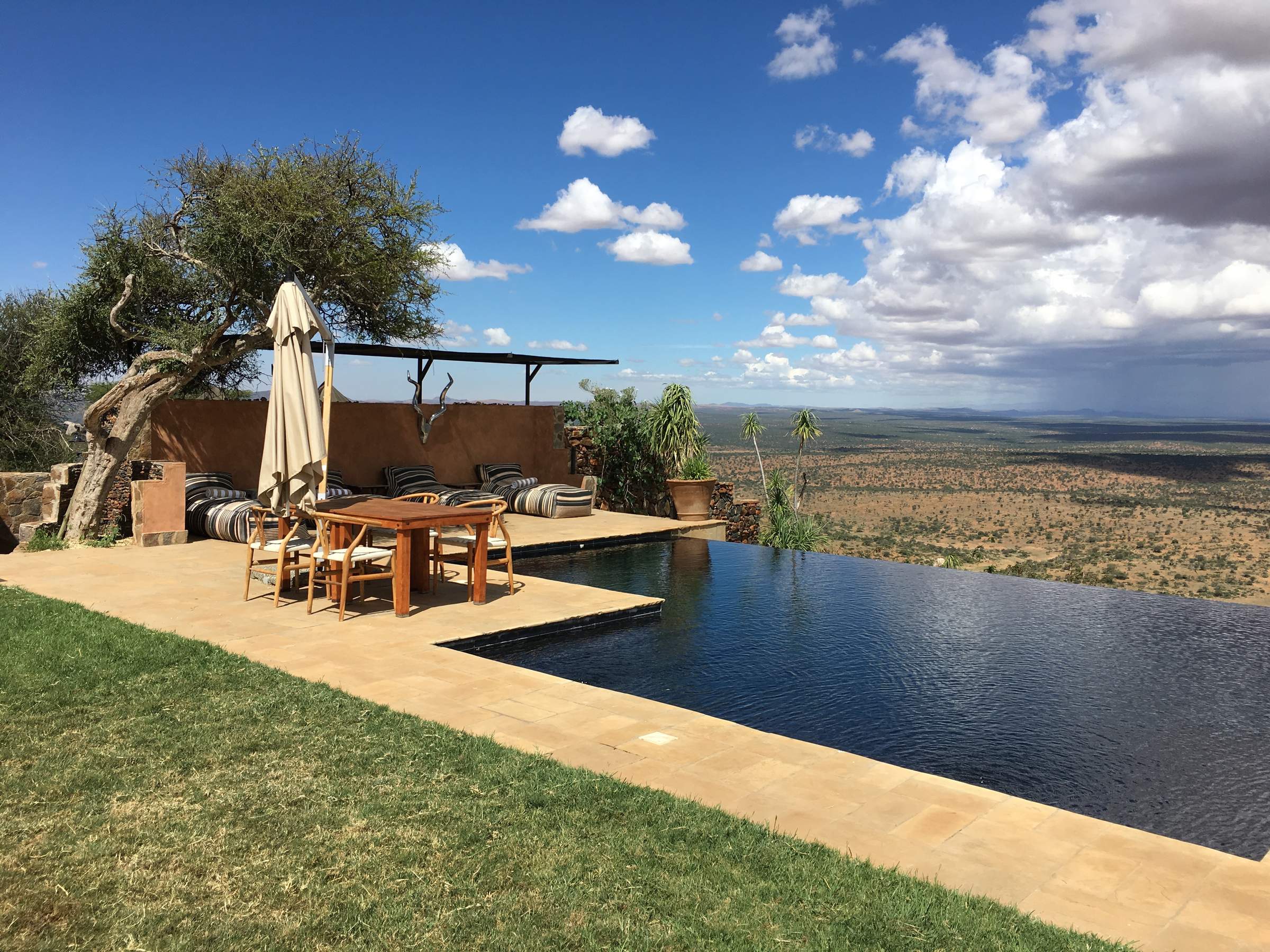
Loisaba Tented Camp
Loisaba Tented Camp is a luxury safari base of tented rooms, ranged along a ridge in the Loisaba Conservancy, facing Mount Kenya. The camp was completely rebuilt in 2016.
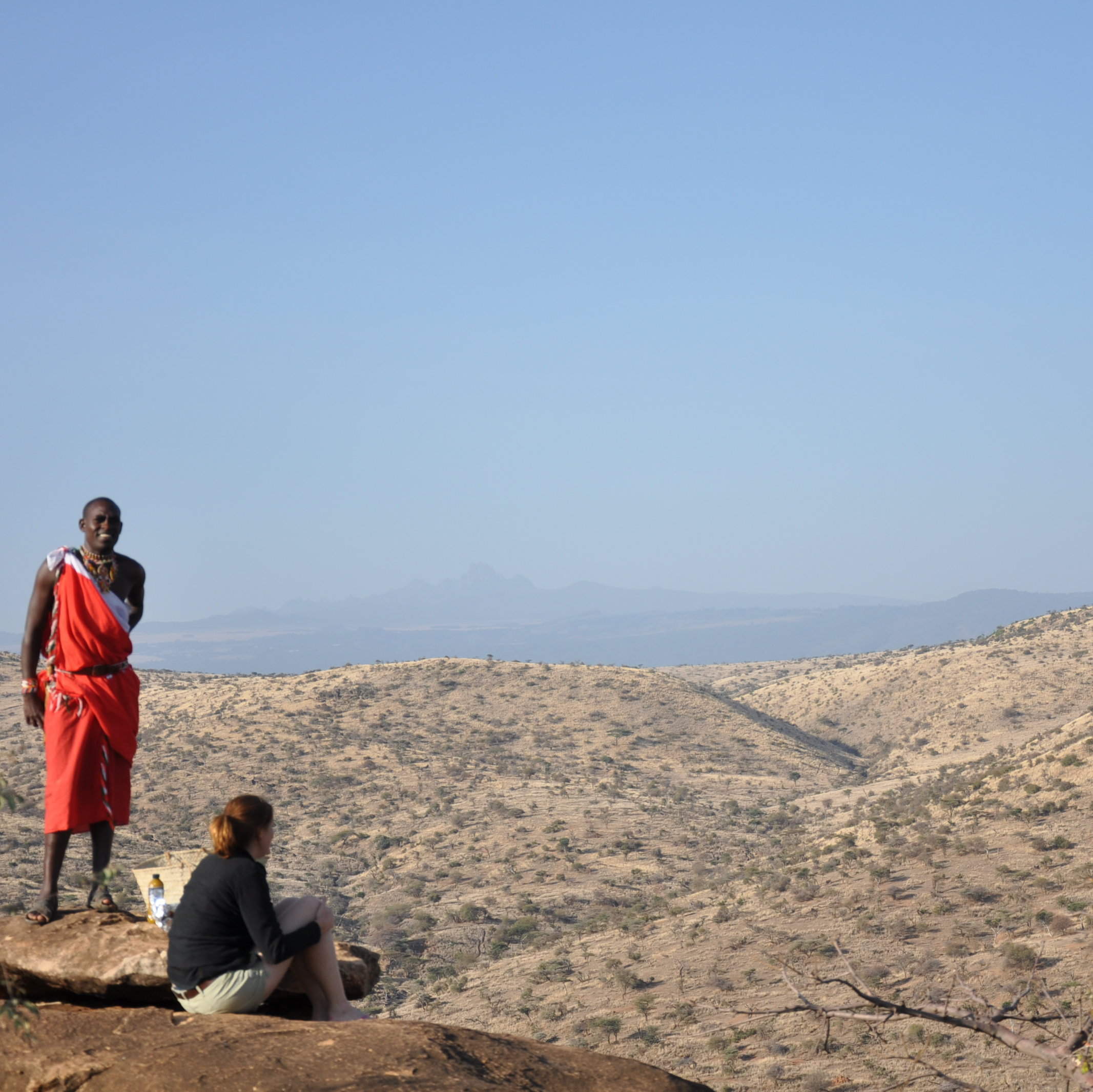
Tassia Lodge
Tassia offers a unique wilderness experience in a remote location: come here for cultural interaction, stunning views and something a bit different.
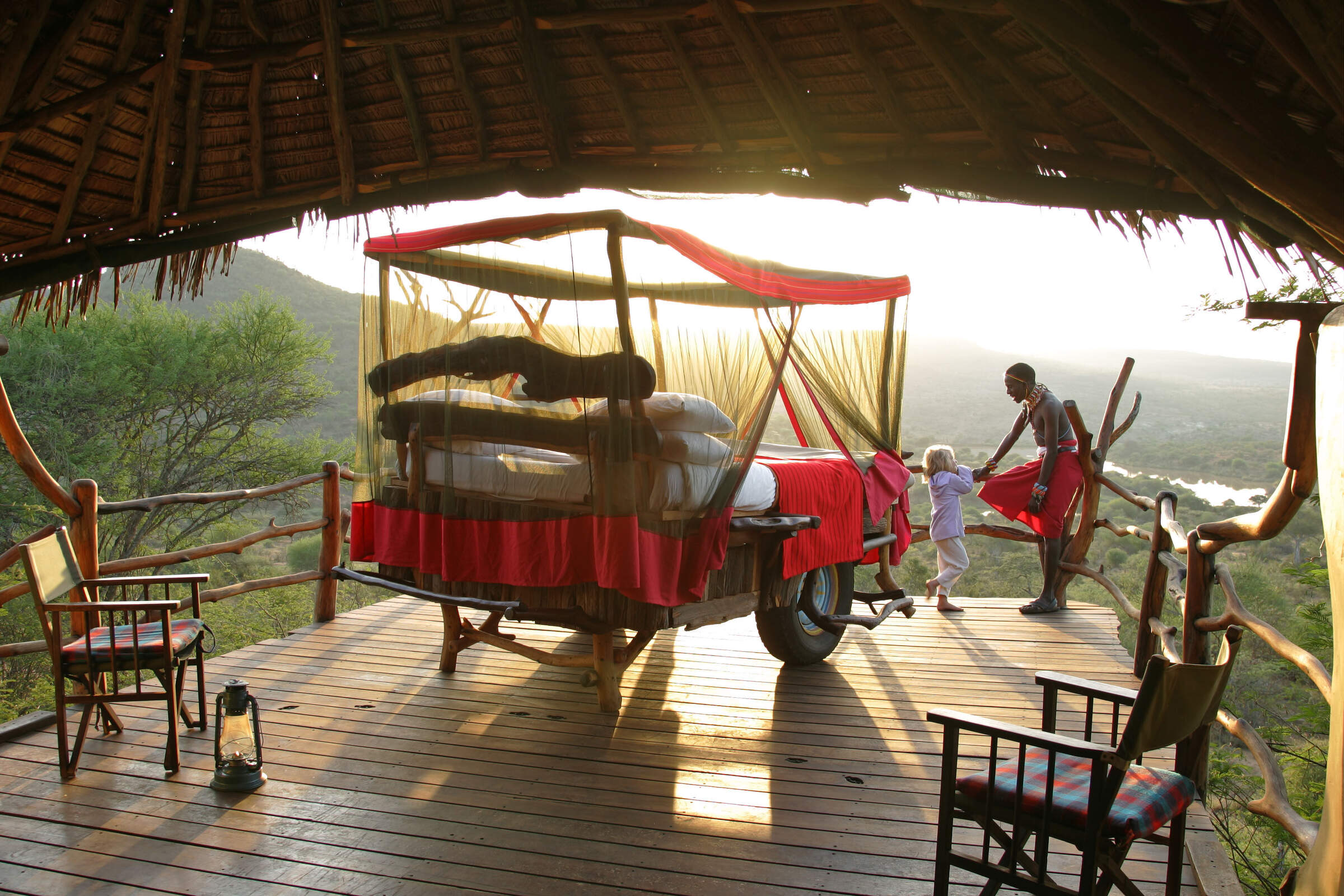
Loisaba Star Beds
Loisaba Starbeds is a simple camp of 4 rooms with pull-out, open-air 'star beds', located near a dam in the Loisaba Conservancy, in northwestern Laikipia.
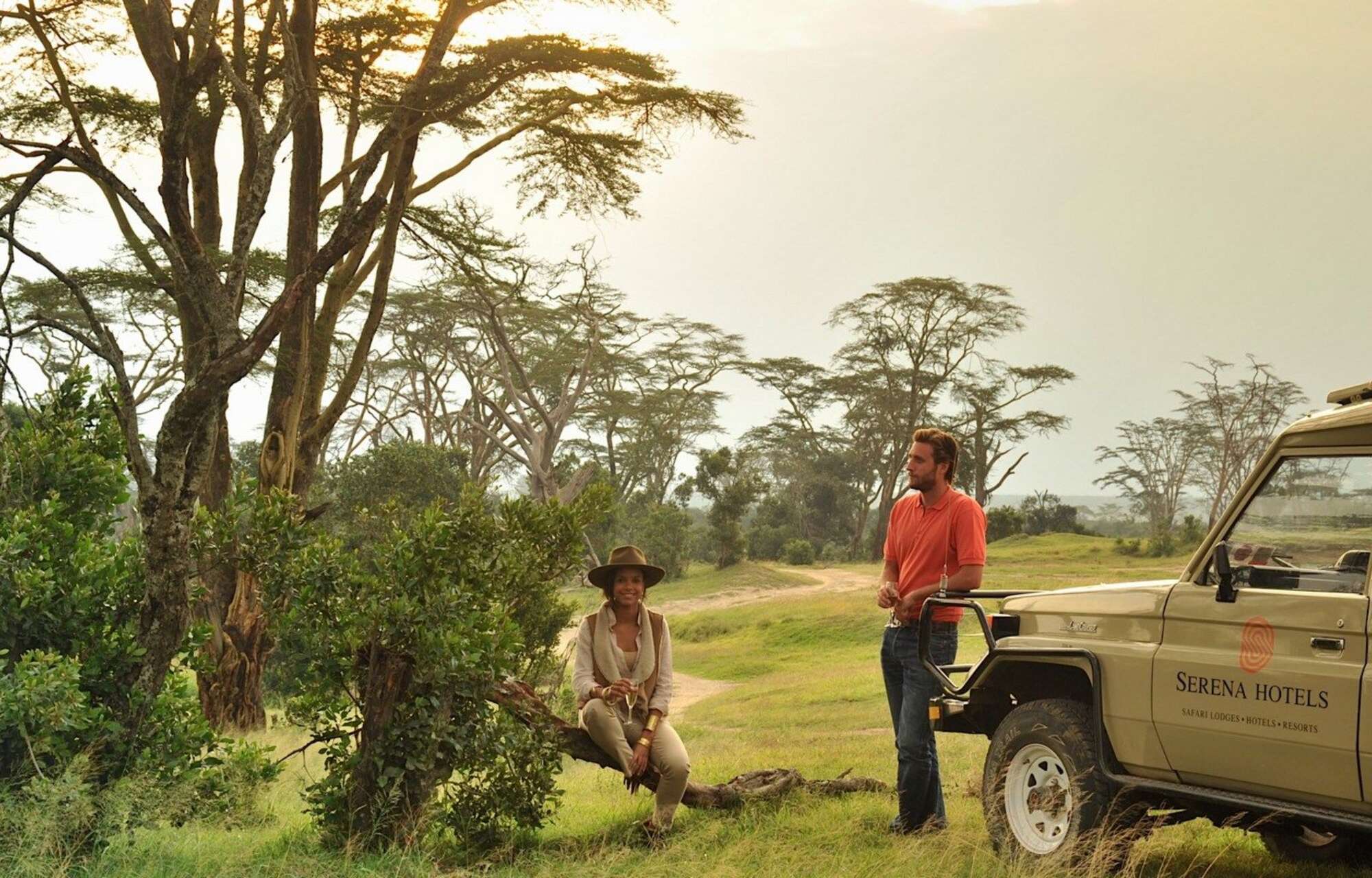
Sweetwaters Serena
Sweetwaters Serena is a large, older tented camp – the largest camp in the Laikipia region – in the eastern part of the Ol Pejeta Conservancy.
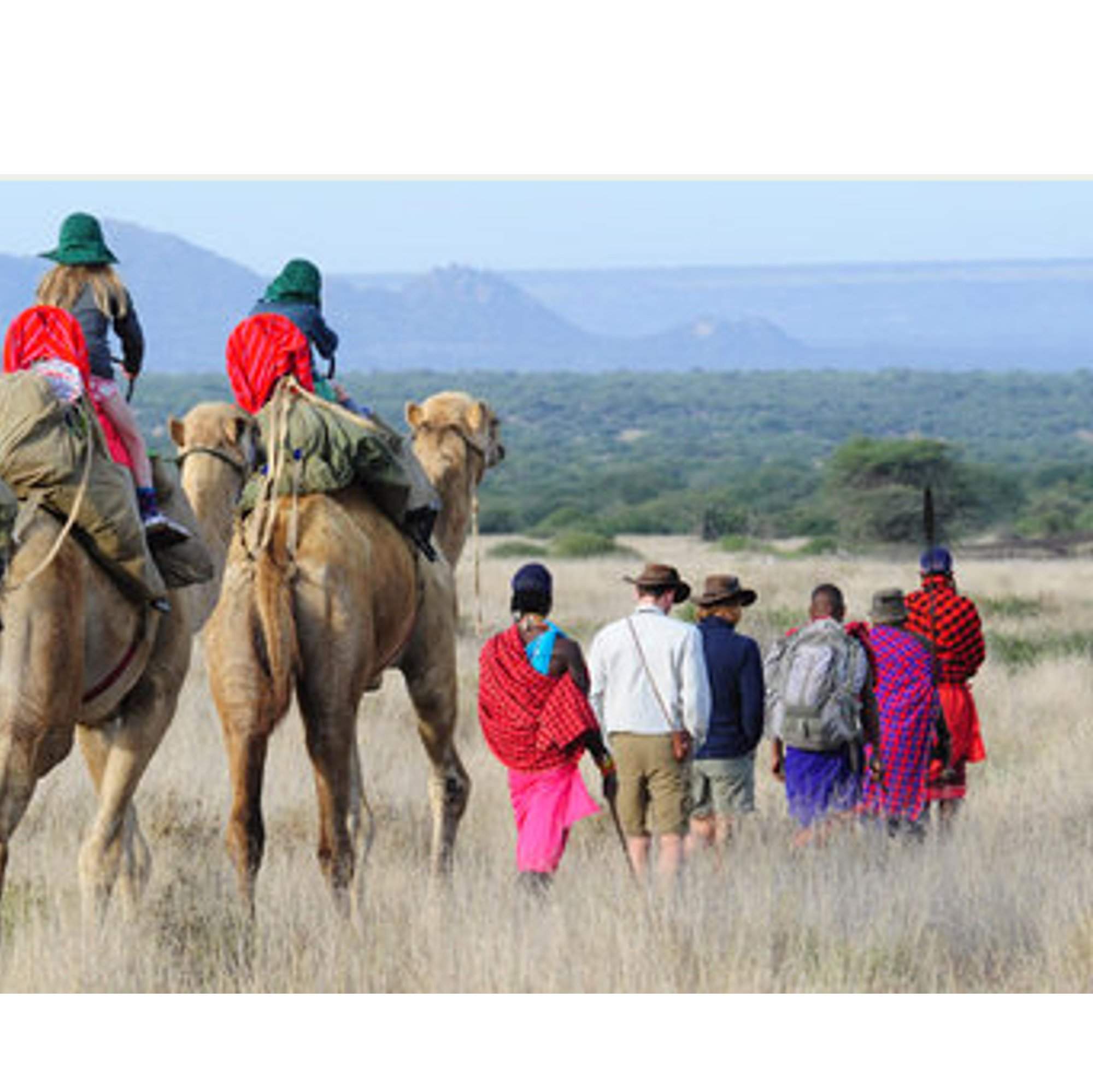
Karisia Walking Safaris
Karisia Walking Safaris operates camel assisted, multi-day walking safaris from its main camp, Tumaren, set in a remote part of Laikipia.
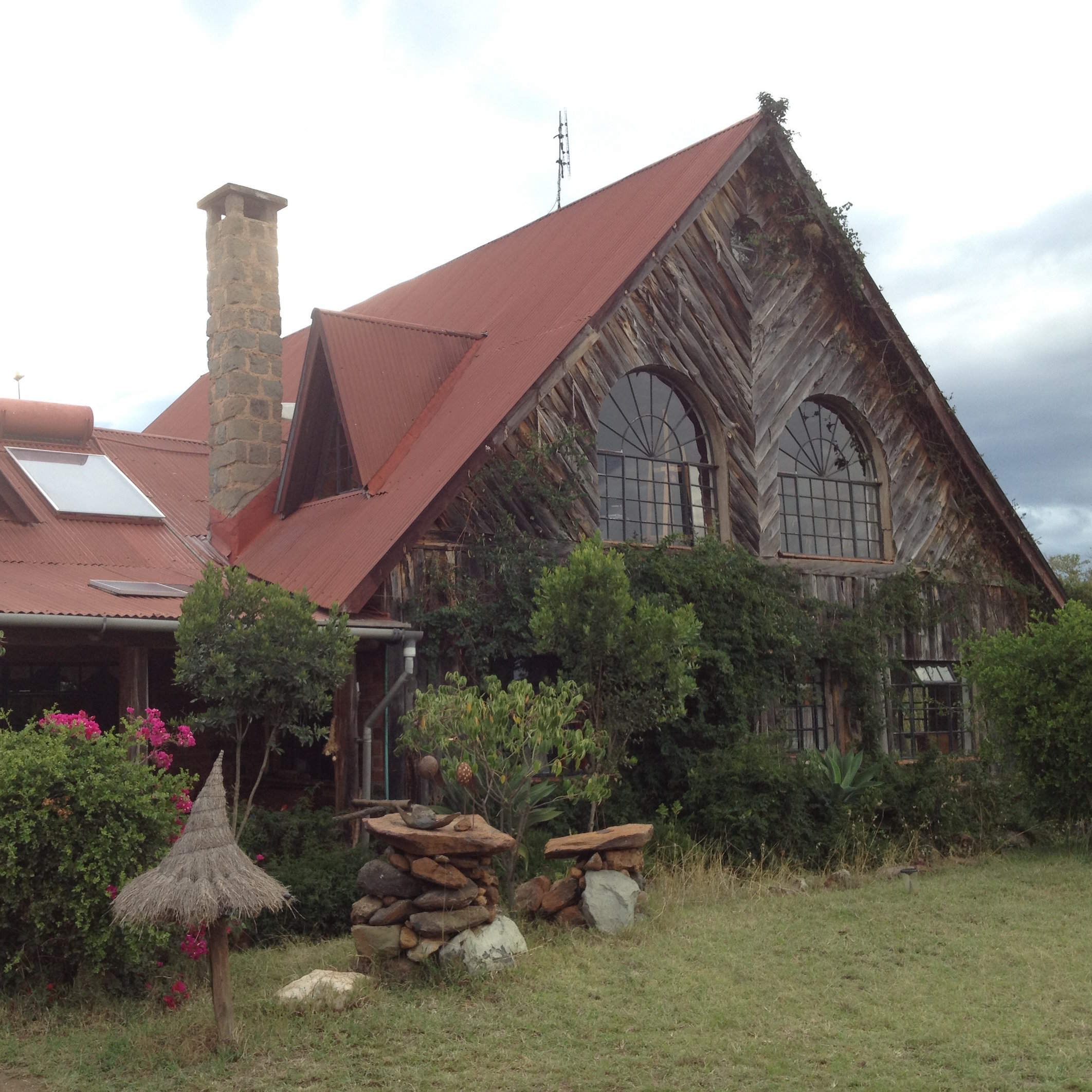
Sandai
Sandai is a pretty, owner-run homestay, set between the Aberdare Range and Mount Kenya, offering a range of activities at extra cost.
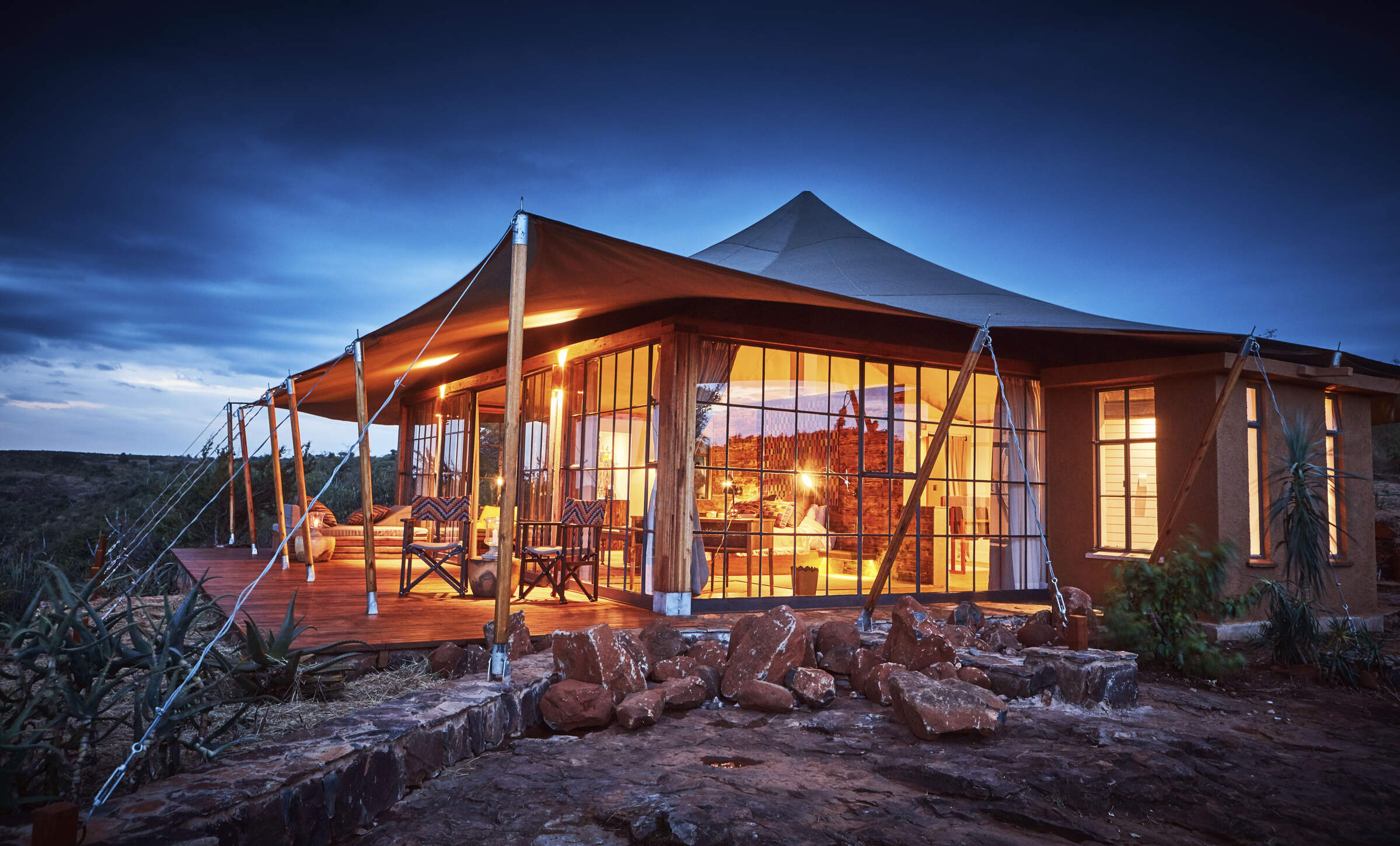
Lodo Springs
Lodo Springs is a spectacularly located luxury lodge in a remote spot in the Loisaba Conservancy, sister lodge to Loisaba Tented Camp and Loisaba Star Beds.
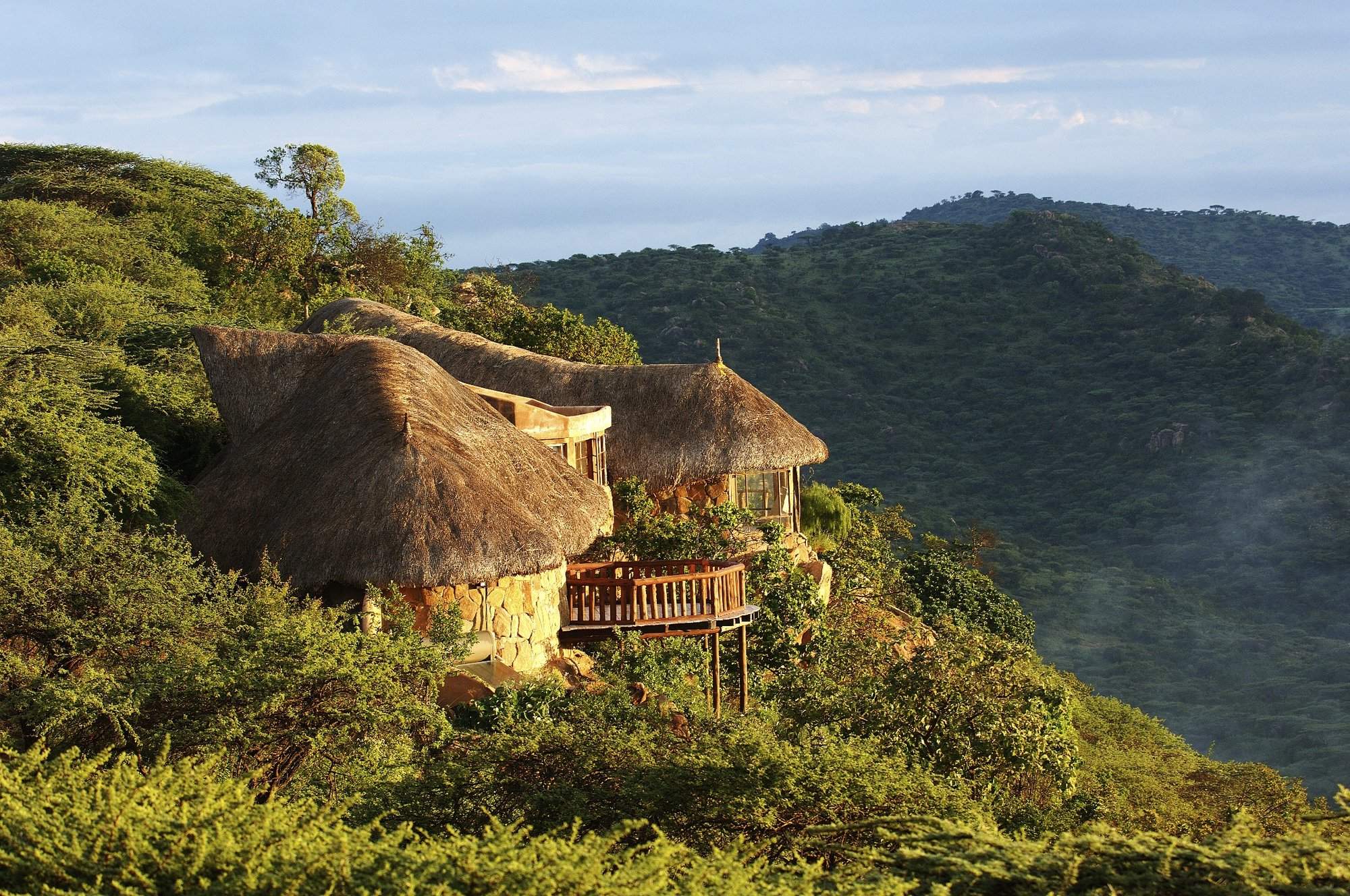
Sanctuary at Ol Lentille
The Sanctuary at Ol Lentille is an unusual safari lodge in northern Laikipia, consisting of three exclusive villas, and offering a huge range of activities.
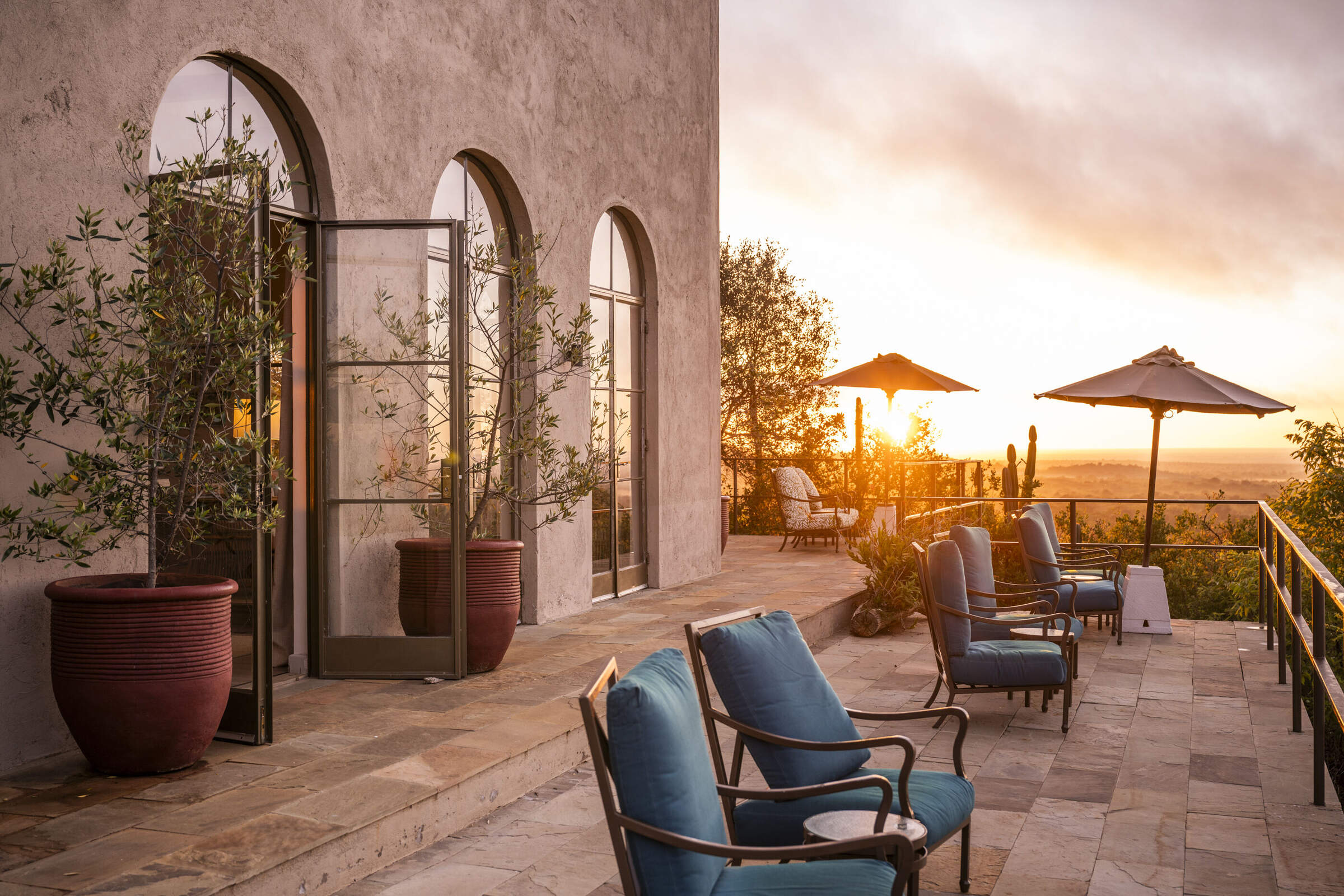
Governors' Mugie House
Governors' Mugie House – a substantial, luxury safari lodge – is one of only two properties in the Mugie Conservancy in northwestern Laikipia.
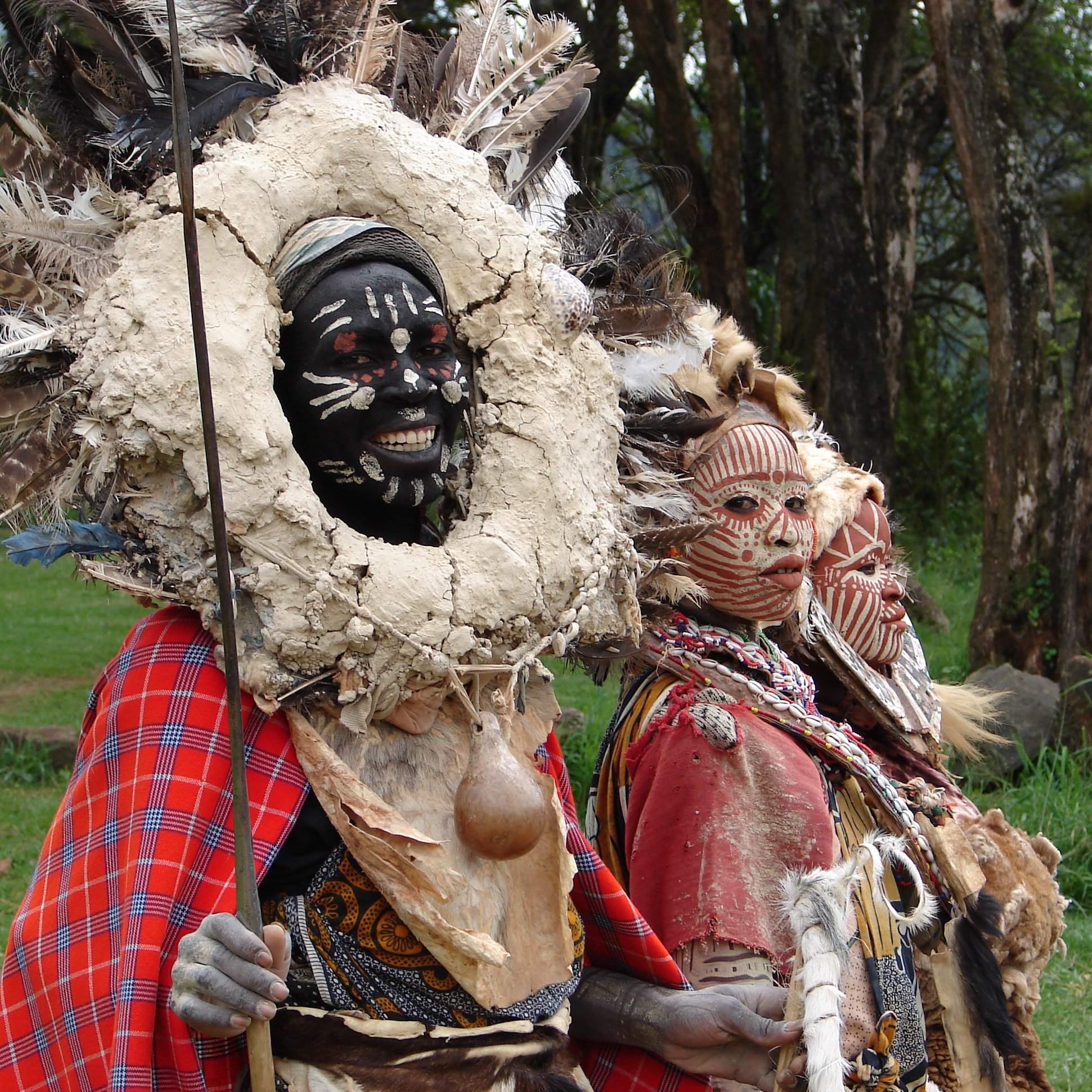
Thomsons Falls Lodge
Thomsons Falls Lodge is a simple hotel dating back to the colonial era, located above the falls of the same name, near the western Laikipia town of Nyahururu.

Ekorian's Mugie Camp
Ekorian's Mugie Camp is a pleasant, family-friendly safari camp in a remote location in northwestern Laikipia.
When to go to Laikipia
Our month by month guide: What it's like to visit Lewa Safari Camp in Laikipia
Jan
Feb
Mar
Apr
May
Jun
Jul
Aug
Sep
Oct
Nov
Dec
Laikipia in January
Clear, warm days and mild nights make this a popular time for safaris in Laikipia. It's excellent for game viewing in all the conservancies, where water sources attract diverse wildlife. The dry conditions make it easier to spot black rhinos, lions and leopards. Star bed sleep-out options at a number of lodges are particularly magical under the clear night skies.
After the New Year period, many camps and lodges treat January as mid-season, offering good value. The landscape retains some greenery, enhancing photography.
- Clear days ideal for safaris
- Excellent visibility for wildlife viewing
- Dry riverbeds attract wildlife to water sources
- Calving season for wildebeest and antelopes
- Palearctic migrant birds abundant
Our view
Fantastic: the very best time to visit
Weather in January
Laikipia in February
With the short dry season well established in Laikipia, wildlife gathers close to water points, making it an excellent time for safaris. Ol Pejeta and Lewa Wildlife Conservancies offer prime viewing opportunities for endangered species like black rhinos and Grevy's zebras. Solio Rhino Conservancy provides exceptional black rhino sightings during this period. The grass is grazed down, improving visibility across the region.
February is ideal for walking safaris, where you can appreciate the smaller details of the ecosystem. The clear skies make stargazing from star beds an unforgettable experience. Cultural visits to local communities are particularly rewarding, as the pleasant weather encourages outdoor activities and interactions.
- Prime time for wildlife gathering near water
- Ideal conditions for walking safaris
- Palearctic migrant birds still present
- Low rainfall makes game drives rewarding
Our view
A very good time to visit
Weather in February
Laikipia in March
As March progresses in Laikipia, the weather becomes increasingly hot and humid with more rain likely later in the month. Through most of the month, conditions are still good for game drives in most districts. As the month advances, the buildup to the rainy season becomes apparent.
This period can offer unique photographic opportunities as animals congregate around diminishing water sources. Accommodation costs decrease as the low season approaches.
- Early month offers great wildlife viewing
- Hot weather transitions to occasional rains
- Lower visitor numbers
- Lush vegetation begins to appear
Our view
A good time to visit, with pros & cons
Weather in March
Laikipia in April
April usually sees established, serious rainfall in much of Laikipia, transforming the landscape. The southeast monsoon wind brings cooler temperatures and frequent downpours. While game viewing can be challenging due to lush vegetation, the green season offers unique experiences, with new-born animals visible among the verdant scenery.
The landscape bursts into life with vibrant colours, ideal for photography. Birdwatching is excellent with many species breeding. This is a quieter time for tourism, with lower accommodation rates at many places allowing for a more exclusive safari experience for great levels of service.
- Long rains begin, transforming landscapes
- Green season offers unique photo opportunities
- Lower rates at Laikipia's luxury lodges
- Buffalo and zebra calving season commences
- Birdwatching excellent
Our view
A good time to visit, with pros & cons
Weather in April
Laikipia in May
May in Laikipia is characterised by ongoing rains and lush vegetation. While game viewing can be trickier, the vibrant landscapes offer spectacular photographic opportunities with very little dust. The landscapes are a sea of green, with diverse and thriving flora.
This is an excellent time for birdwatching across the region as breeding season continues. The Ewaso Nyiro river swells impressively. Despite potential challenges, patient visitors may witness dramatic scenes of predators hunting in the thick vegetation.
- Lush vegetation makes wildlife spotting trickier
- Great for landscape and nature photography
- Rutting season for wildebeest and impalas
- Frog breeding season in Laikipia's wetlands
- Mount Kenya views improve with clearer air
Our view
A good time to visit, with pros & cons
Weather in May
Laikipia in June
As June progresses in Laikipia, the rains give way to slightly cooler, cloudy weather. This transition marks the beginning of a long, generally dry, high season for visitors. Game viewing improves as vegetation starts to thin, and conditions are comfortable.
The Ewaso Nyiro river, still full from the rains, attracts diverse wildlife. Accommodation rates begin to rise, reflecting the start of peak season.
- Rains subside, ushering in cooler weather
- High season begins with increased visitors
- Comfortable conditions game viewing
Our view
A good time to visit, with pros & cons
Weather in June
Laikipia in July
July in Laikipia brings cooler temperatures and ideal conditions for safaris. Animals concentrate around water sources on the conservancies, providing excellent game viewing opportunities.
July marks the peak of the high season, with higher accommodation rates and visitor numbers. The dry conditions make it easier to spot elusive species like leopards and black rhinos.
- Cool weather perfect for walking and riding
- Wildlife concentrates around water sources
- Excellent conditions for photography tours
Our view
A good time to visit, with pros & cons
Weather in July
Laikipia in August
August in Laikipia offers mild, dry weather, perfect for safaris. The conservancies teem with wildlife, including endangered species like black rhinos and Grevy's zebras. The landscapes offer stunning vistas and excellent conditions for game drives and walking safaris. The dry conditions make it easier to spot big cats across the region. This is peak season, so expect higher visitor numbers and accommodation rates.
You might consider combining your Laikipia safari with a stay at the nearby Samburu National Reserve, known for its “northern five” species – Grevy’s zebra, reticulated giraffe, beisa oryx, gerenuk and Somali ostrich.
- Peak season for wildlife viewing in Laikipia
- Mild weather ideal for outdoor activities
- Busy period requires advance bookings
Our view
A good time to visit, with pros & cons
Weather in August
Laikipia in September
As September progresses in Laikipia, the weather typically remains dry with clearing skies, signalling excellent safari conditions. Early September can be busy, but visitor numbers decrease later in the month. In the conservancies, game viewing is exceptional as animals congregate around limited water sources.
September generally offers excellent conditions for photography.
- Hot, dry weather with good visibility
- Quieter period for more exclusive safaris
- Natural bush fires flush out insects and small animals for predators
Our view
Fantastic: the very best time to visit
Weather in September
Laikipia in October
October in Laikipia brings generally hot and mostly dry conditions, ideal for safaris. It's a favourite month for many visitors due to the good weather and fewer visitors. The conservancies offer excellent game viewing, with animals concentrated around water sources. The Solio Rhino Conservancy provides exceptional rhino sightings in the dry conditions.
Birdwatching is rewarding as Palearctic migrants begin to arrive. Cultural visits to Maasai communities remain a highlight. Consider combining your Laikipia safari with a trip to the nearby Samburu National Reserve for a diverse wildlife experience.
- Warm or hot and mostly dry conditions for safaris
- Migratory birds start arriving
- Perfect for photography
Our view
A very good time to visit
Weather in October
Laikipia in November
November in Laikipia marks the beginning of the short rains, usually in the latter half of the month. This transition brings about dramatic changes in the landscape. Early November can still offer good game viewing before the rains intensify. Then the bush begins to green, creating beautiful scenery.
As the low season begins, accommodation rates decrease, and visitor numbers drop too, allowing for a more exclusive safari experience. Birdwatching becomes excellent with the arrival of many migratory species. November is ideal for photographers capturing the changing landscapes and dramatic skies, with low dust and clear air. Cultural visits to Maasai communities offer insights into how local life adapts to the changing seasons.
- Short rains begin, transforming landscapes
- Low season offers better rates and privacy
- Excellent time for birdwatching in Laikipia
- Lush scenery provides stunning backdrops
Our view
A good time to visit, with pros & cons
Weather in November
Laikipia in December
In a typical December, Laikipia sees the short rains finish by mid-month, leaving the landscape at its most beautiful. Clear blue skies return, heralding the start of the second peak visitor season from around 20 December onwards. The conservancies offer excellent game viewing with lush backdrops.
Christmas can occasionally be wet, but most years see perfect safari conditions by the festive season. This is an ideal time to combine wildlife viewing with cultural experiences, such as visiting Maasai communities.
- Rains typically end, leaving landscapes lush
- Peak tourist season begins mid-month
- Christmas safaris popular in conservancies
- Night sky clarity ideal for stargazing
Our view
A good time to visit, with pros & cons
Weather in December

Looking for inspiration on where to travel next?
Visit our trip chooser to explore your options and find inspiration for your perfect African adventure
Inspire me